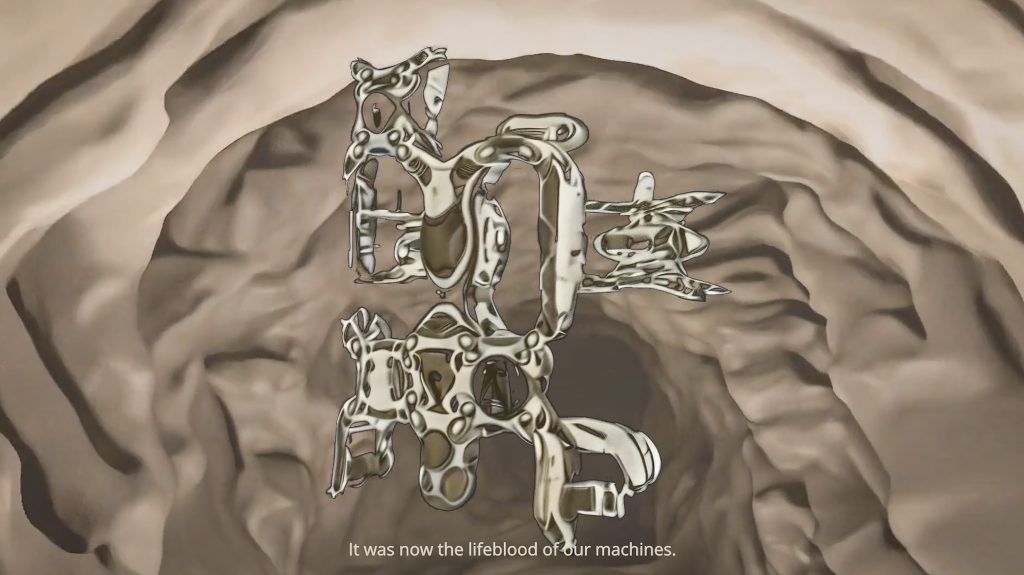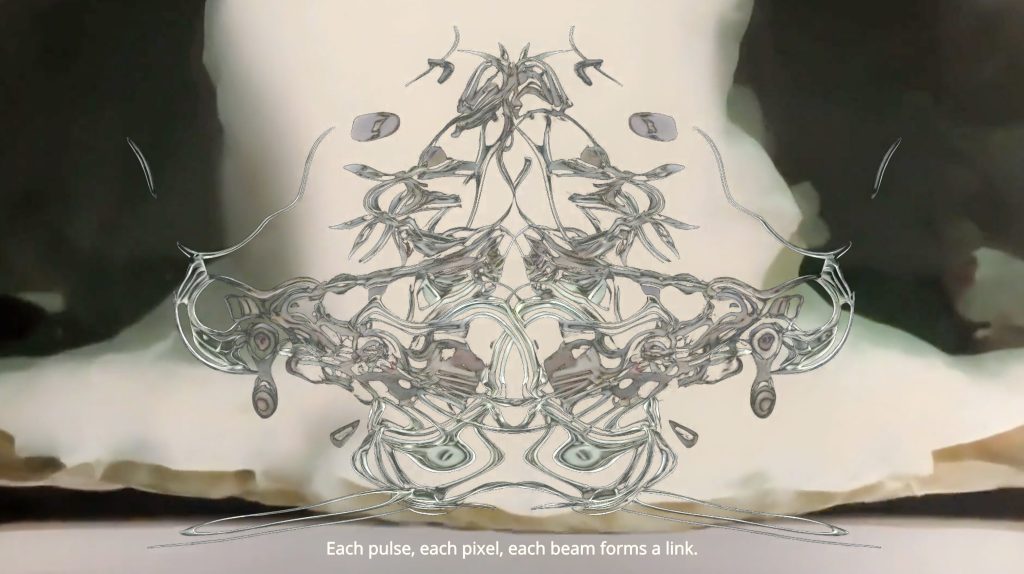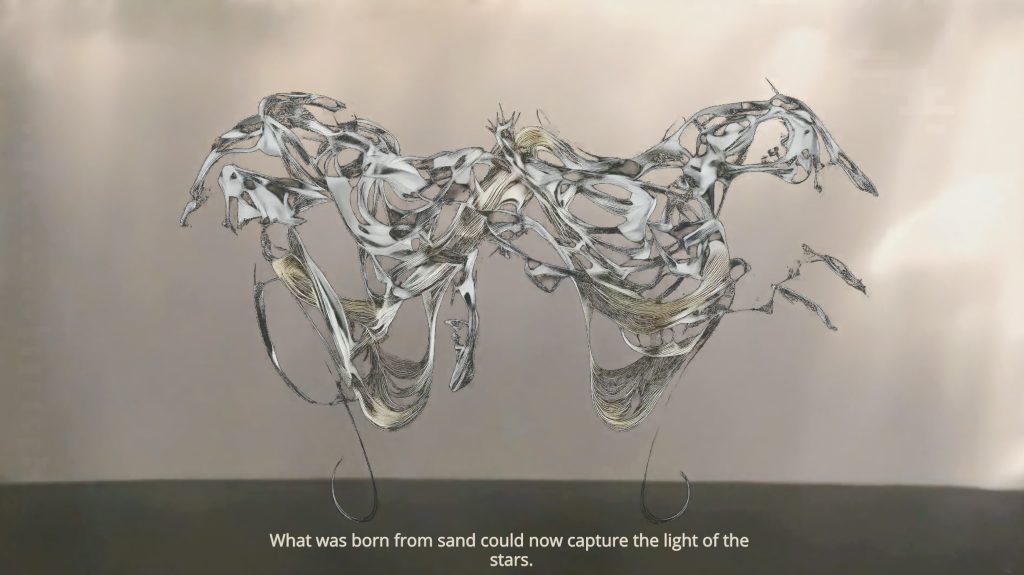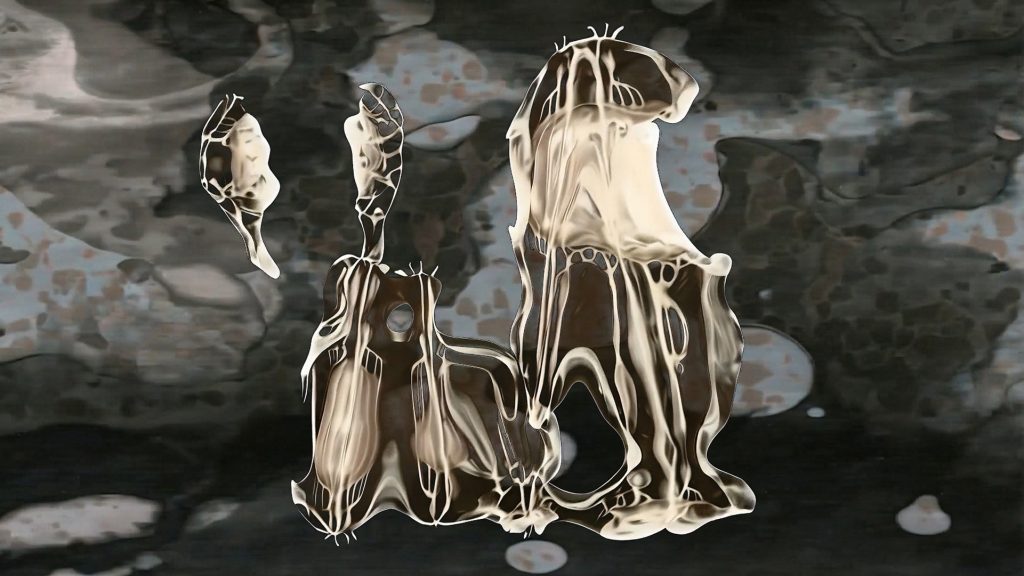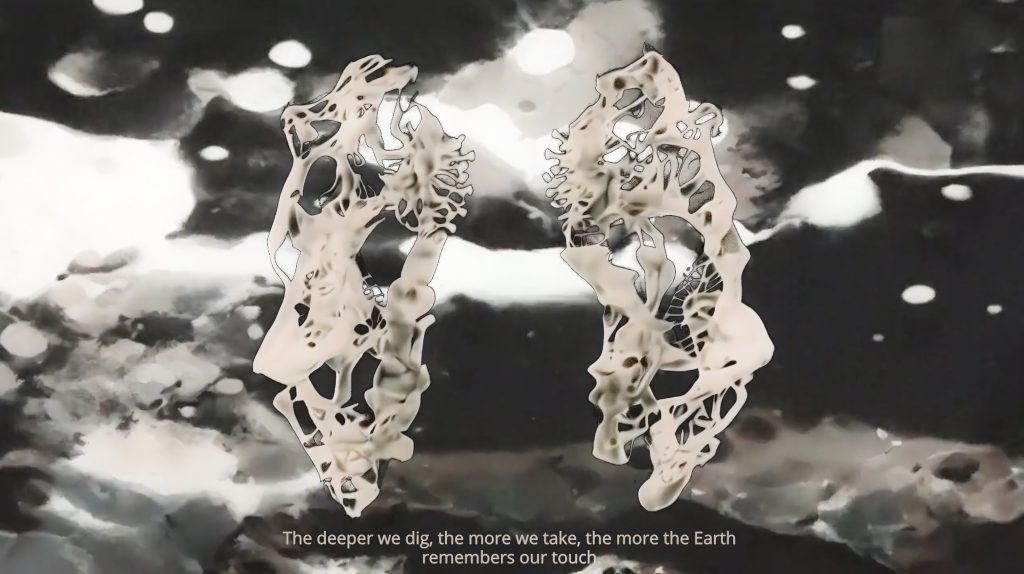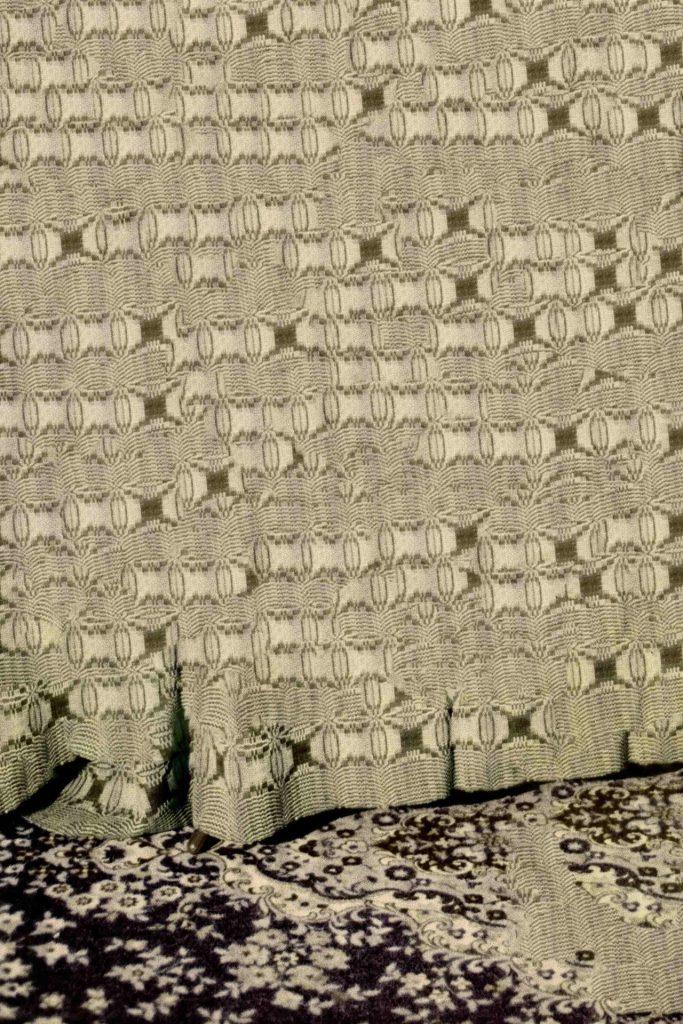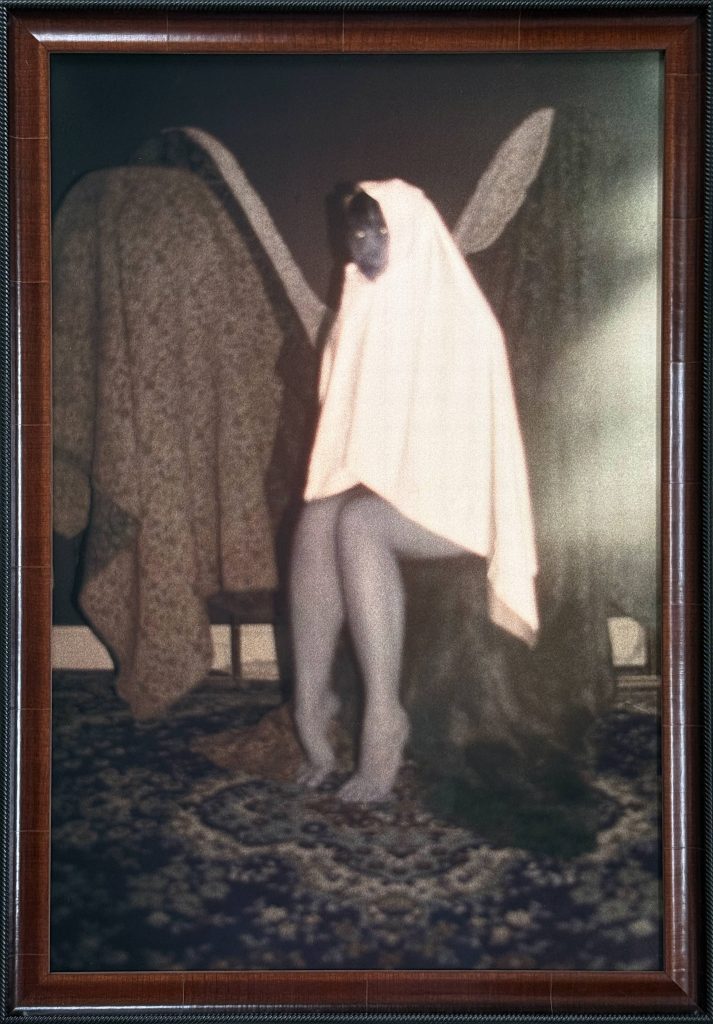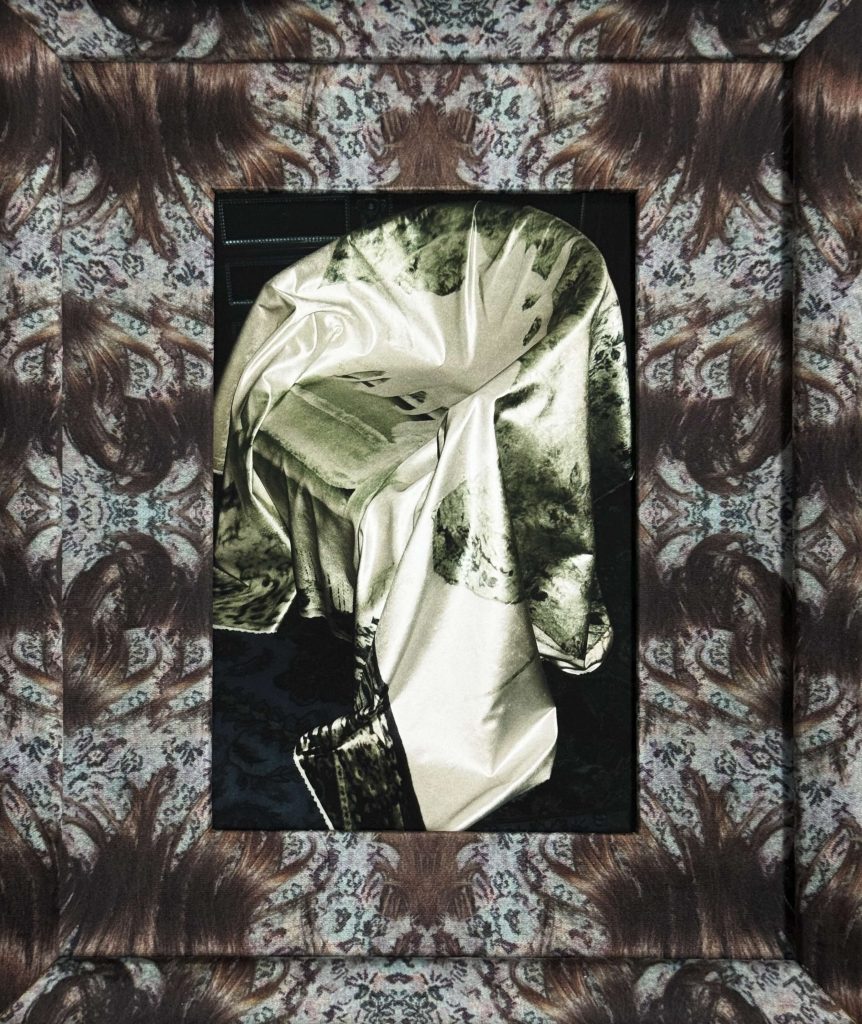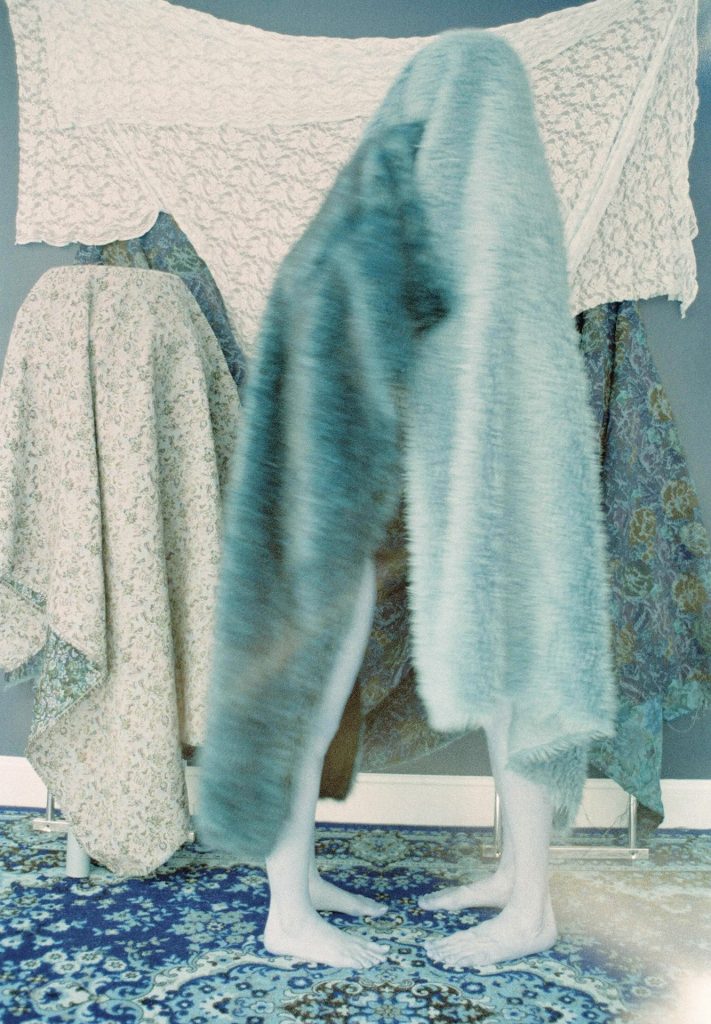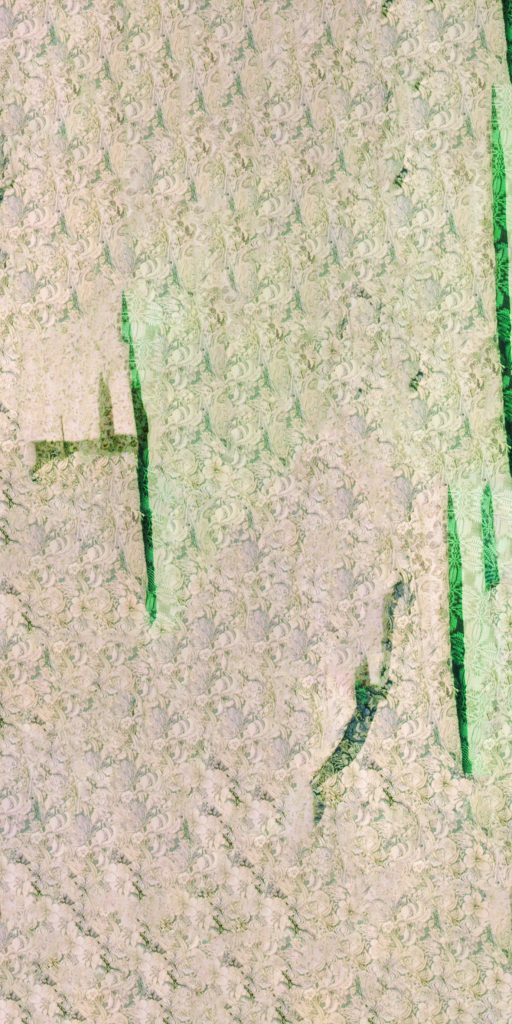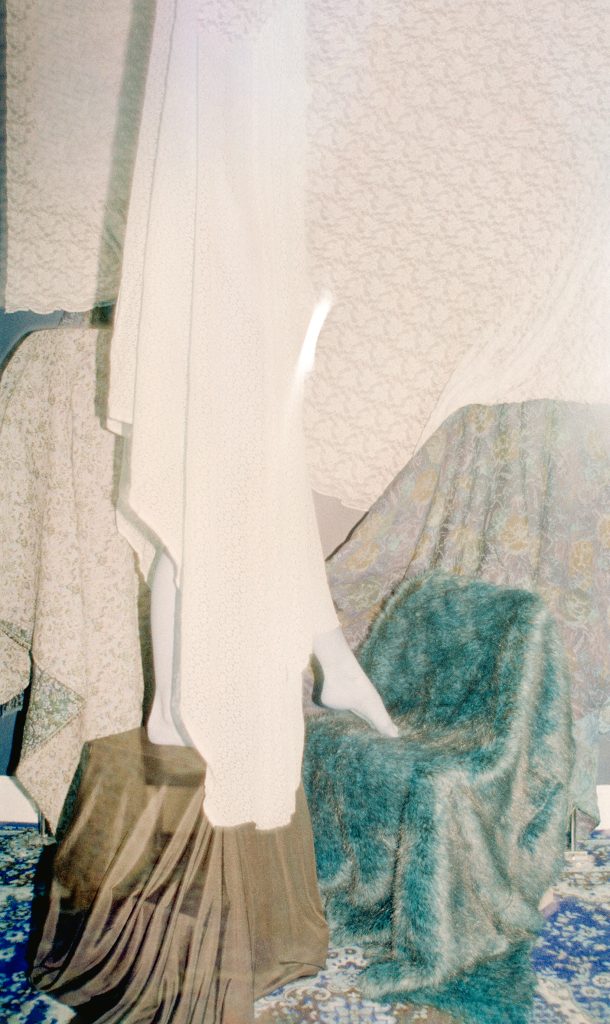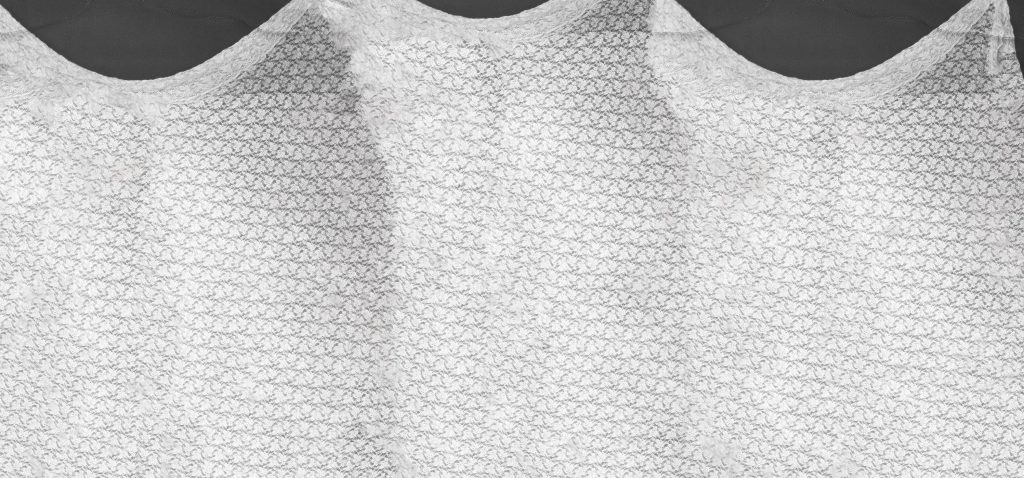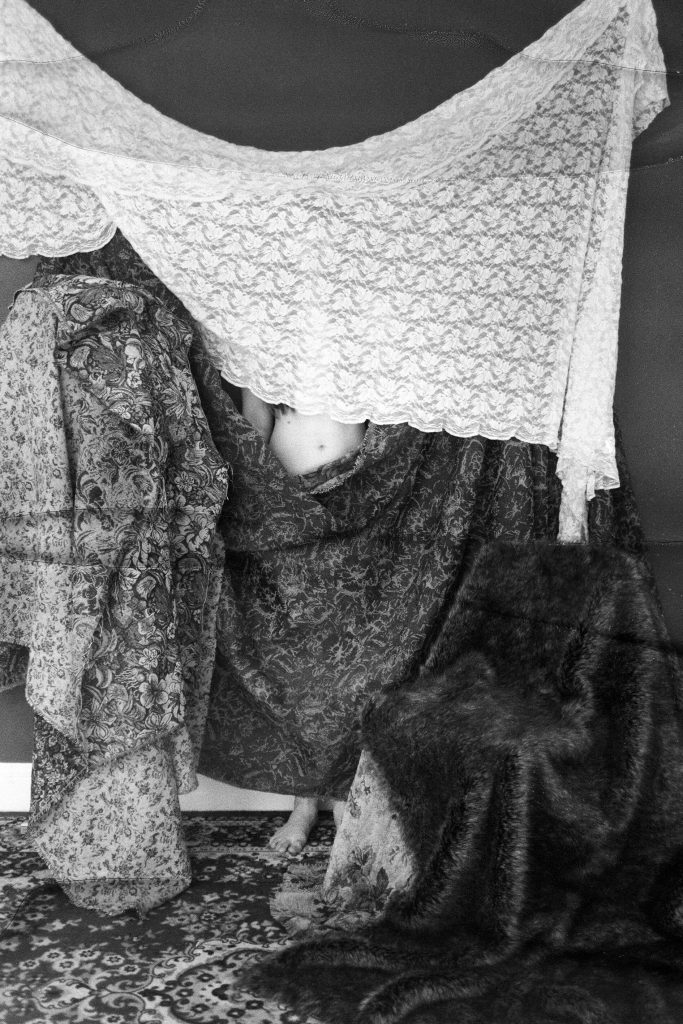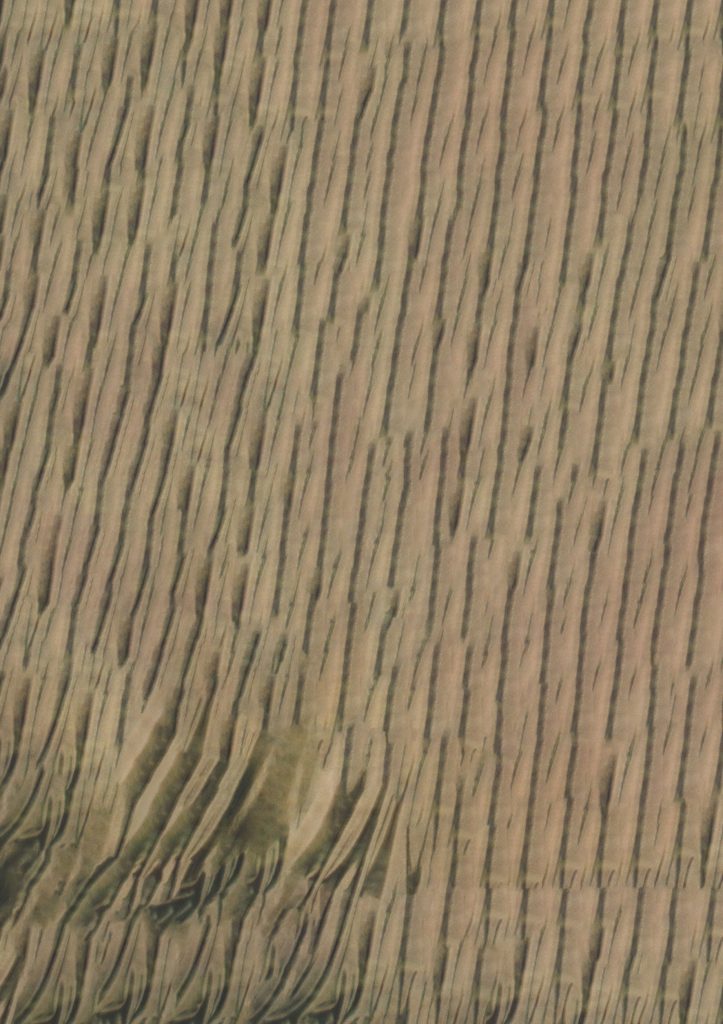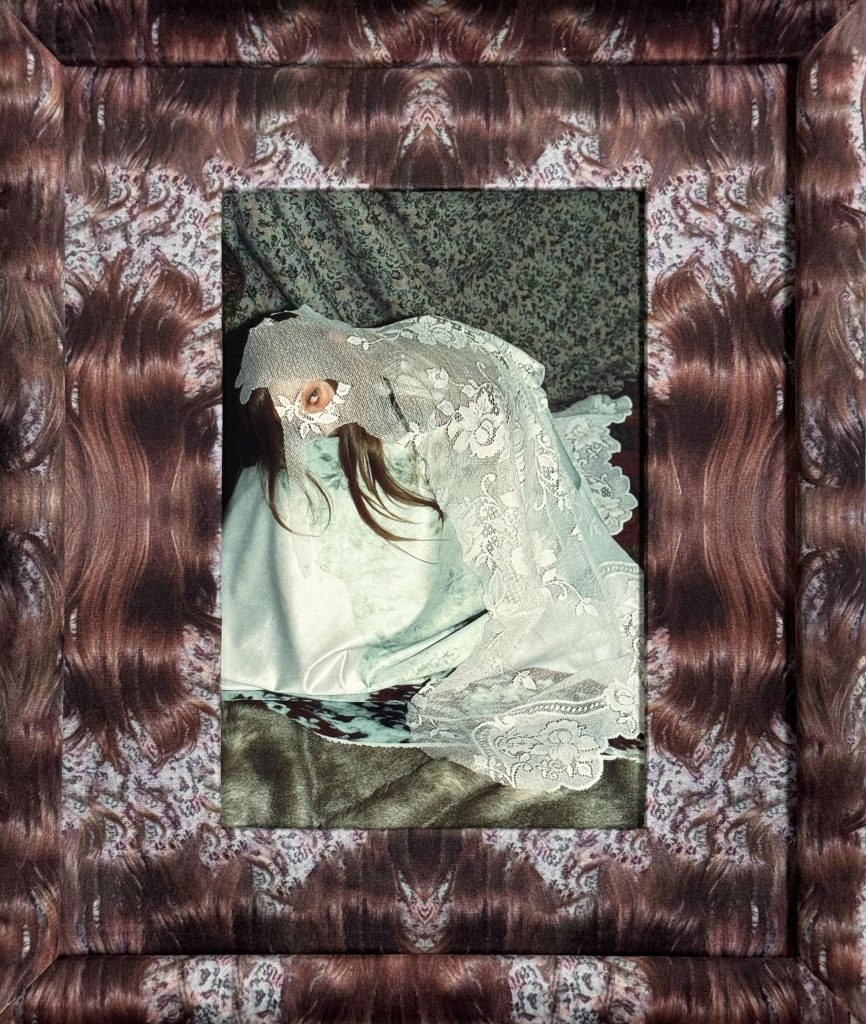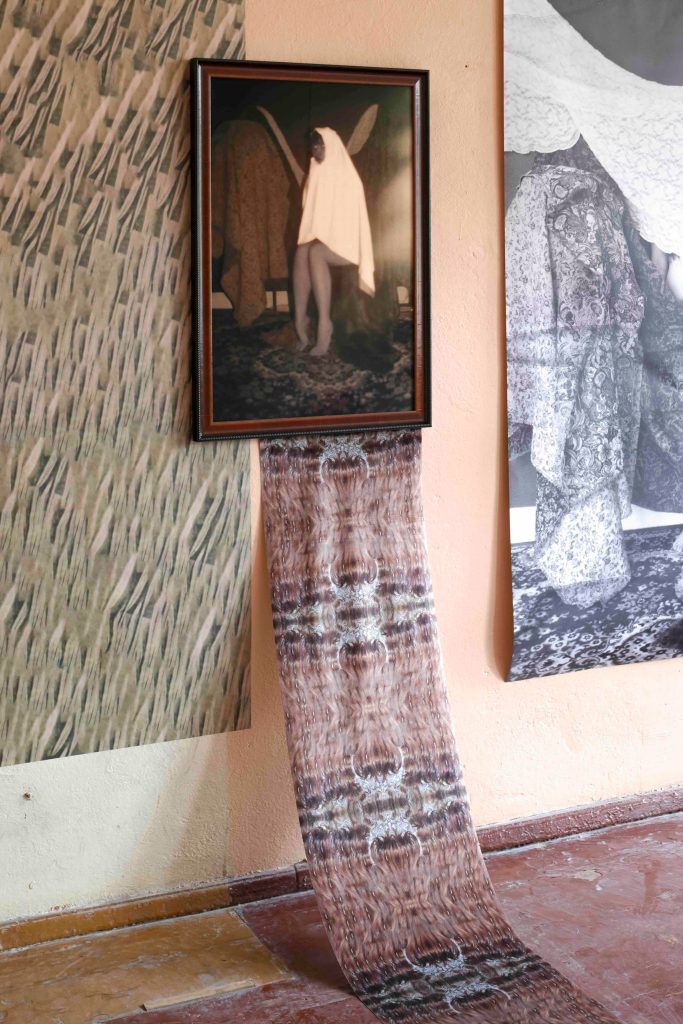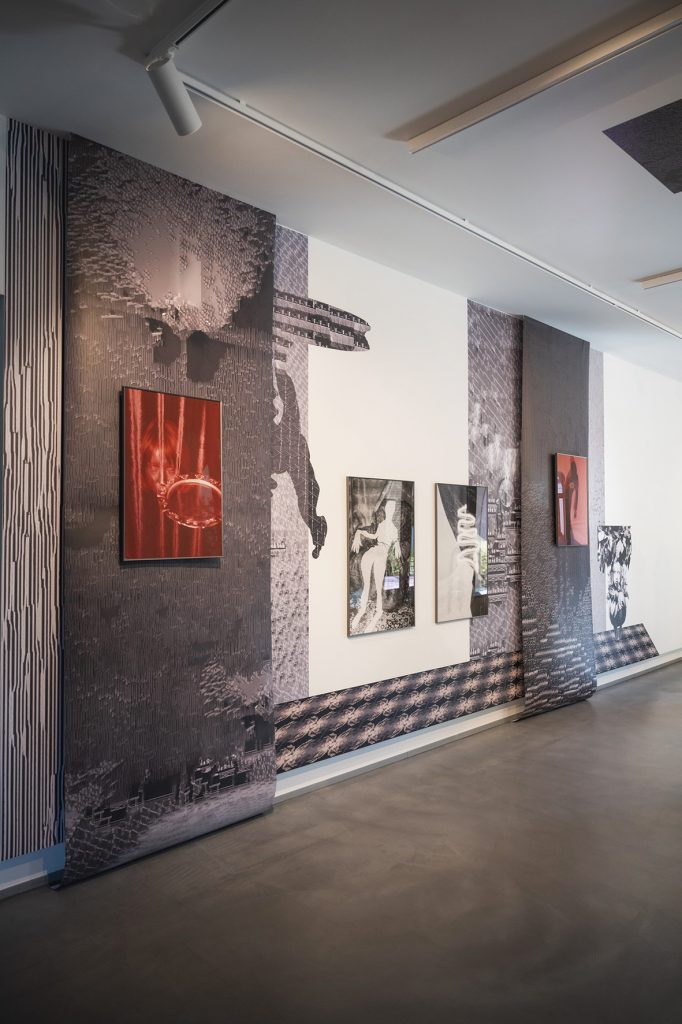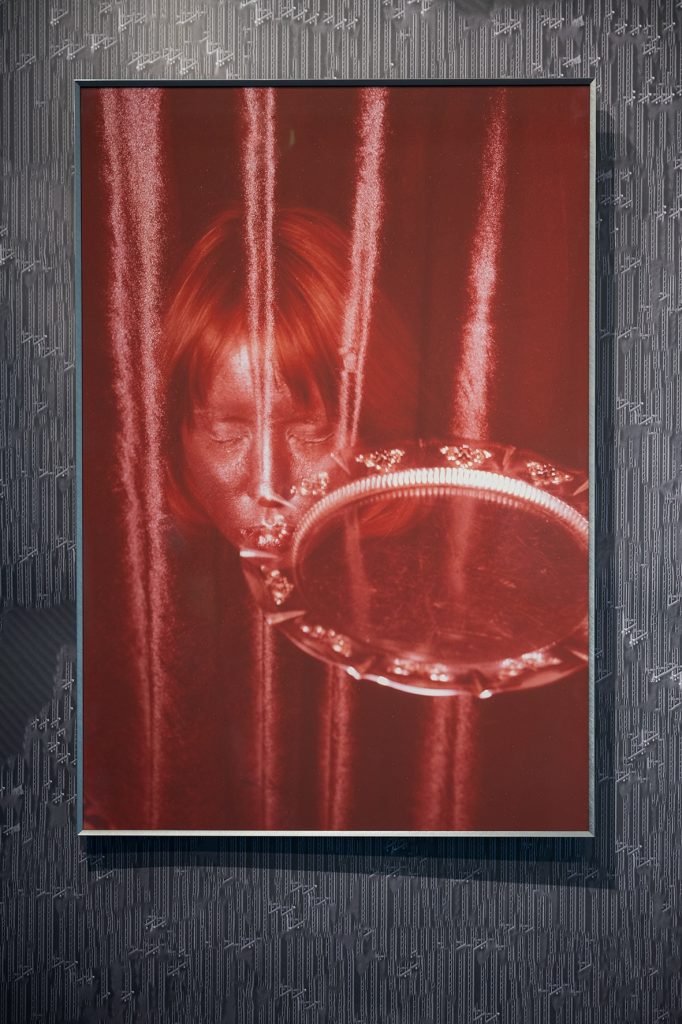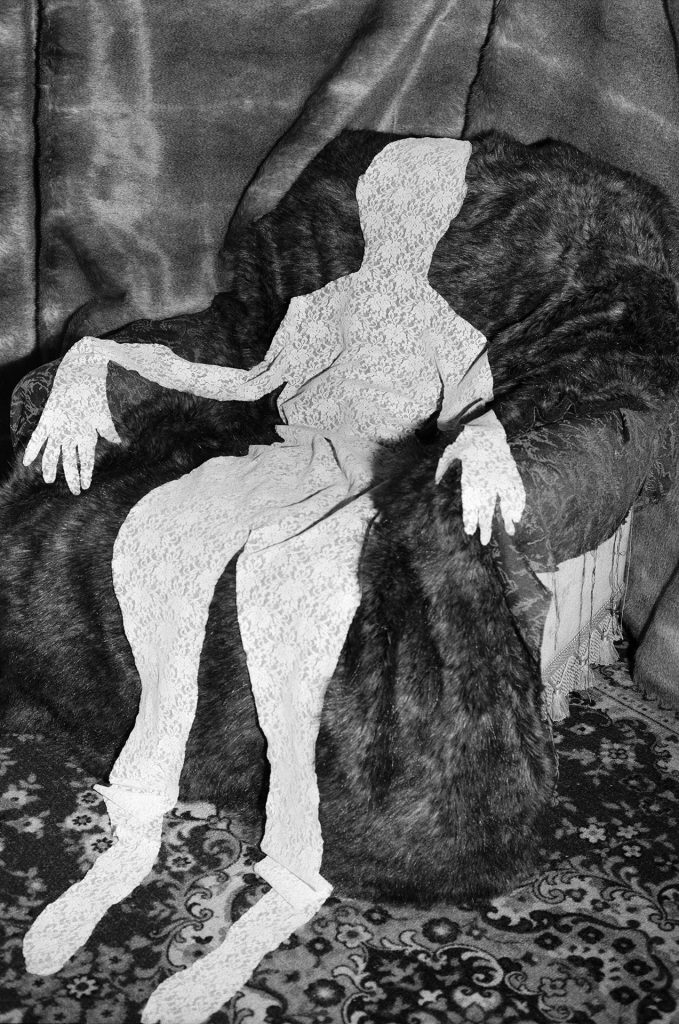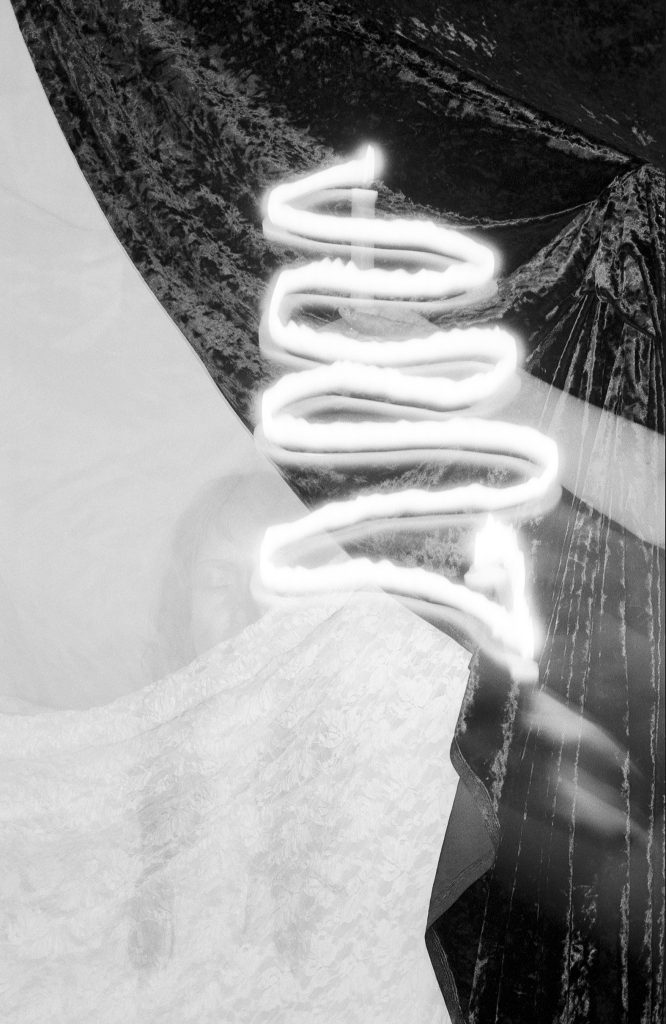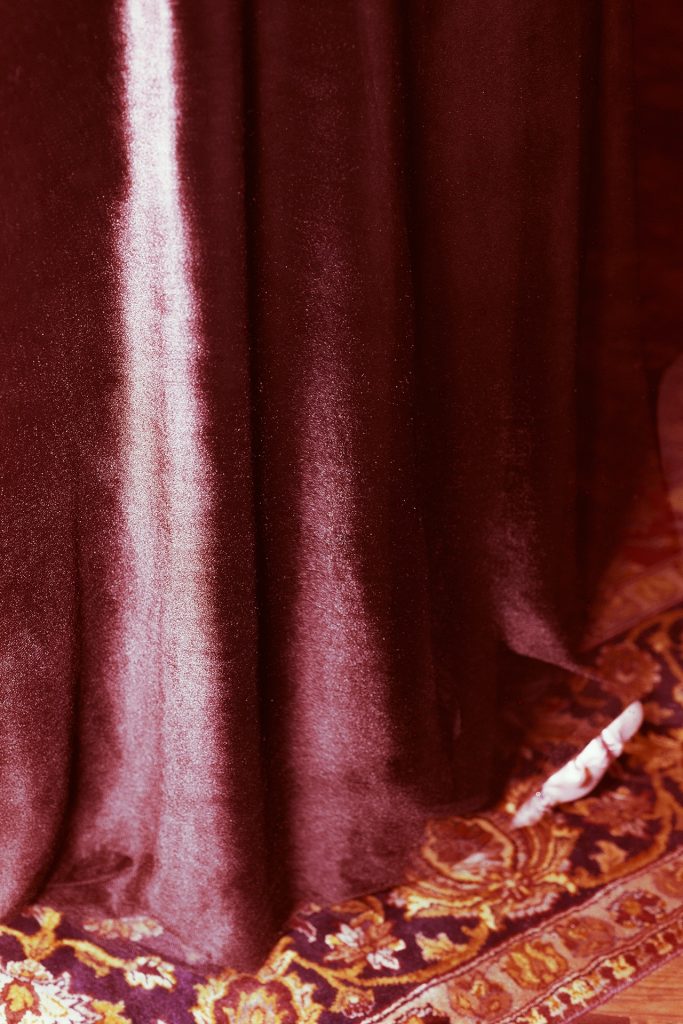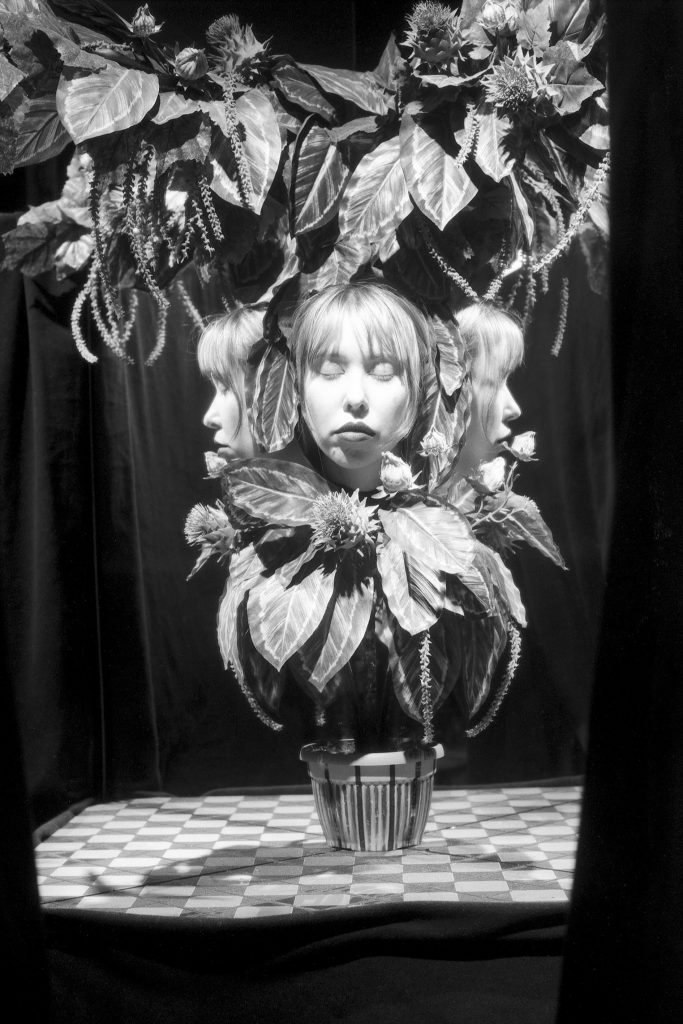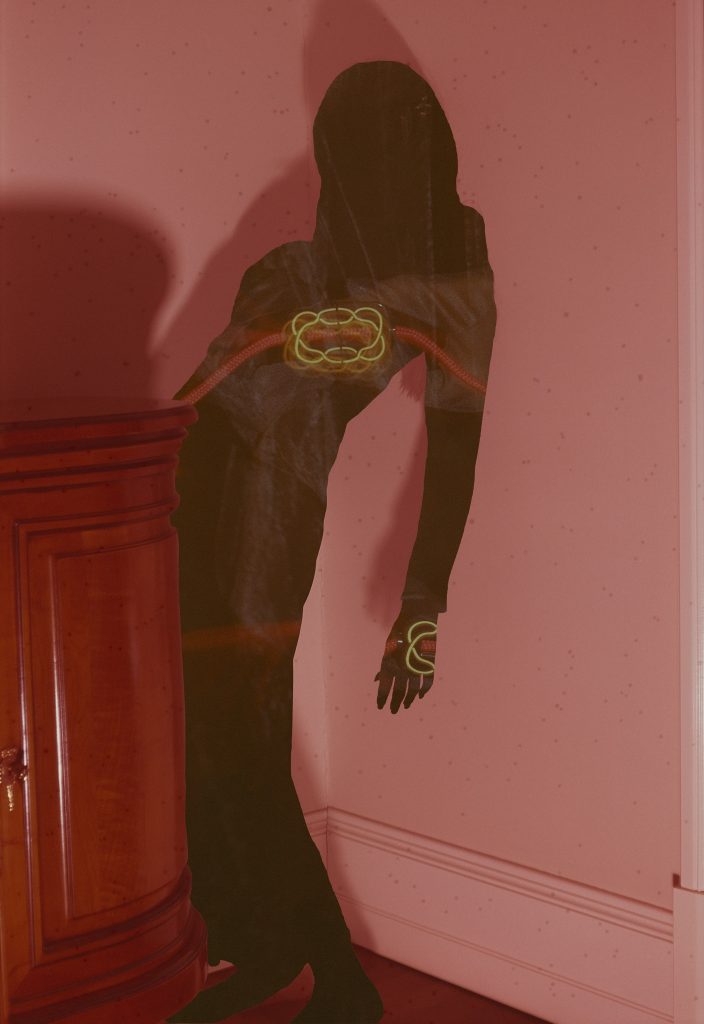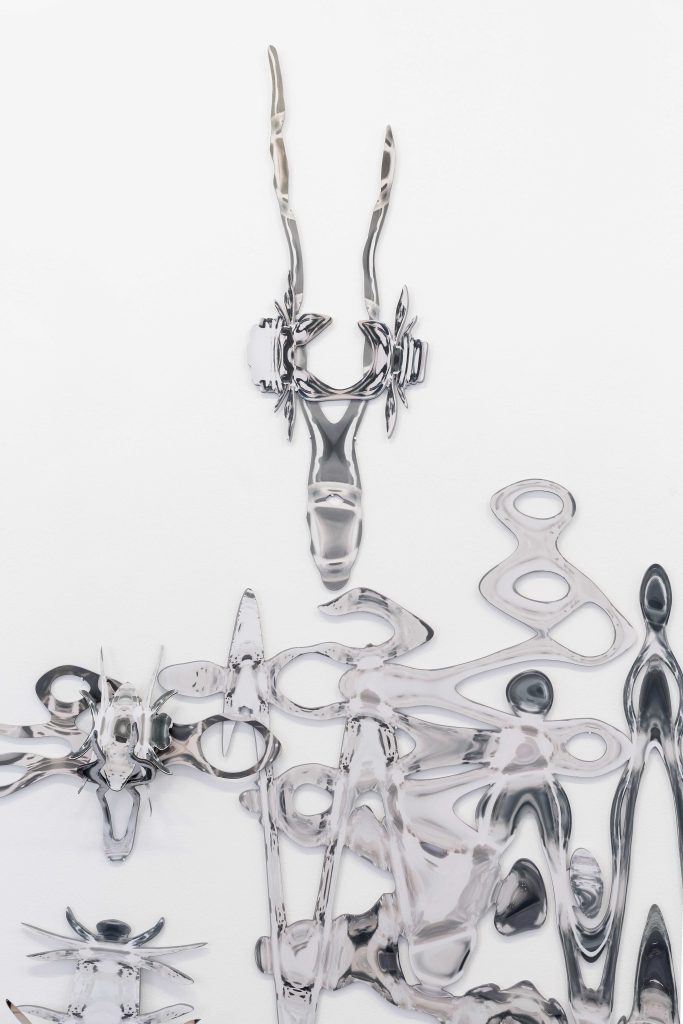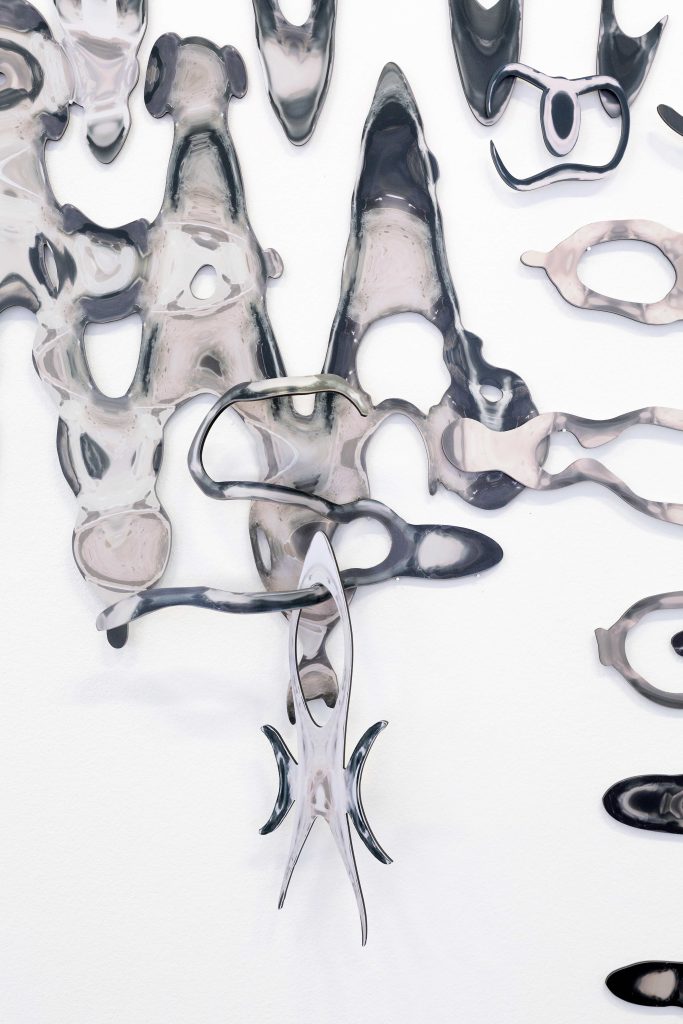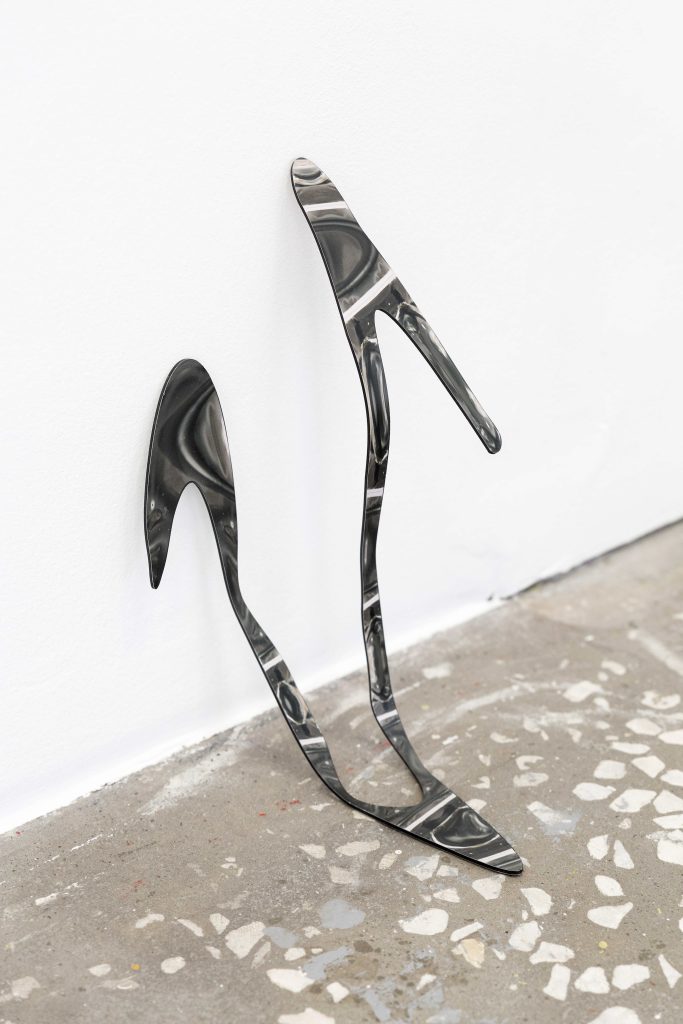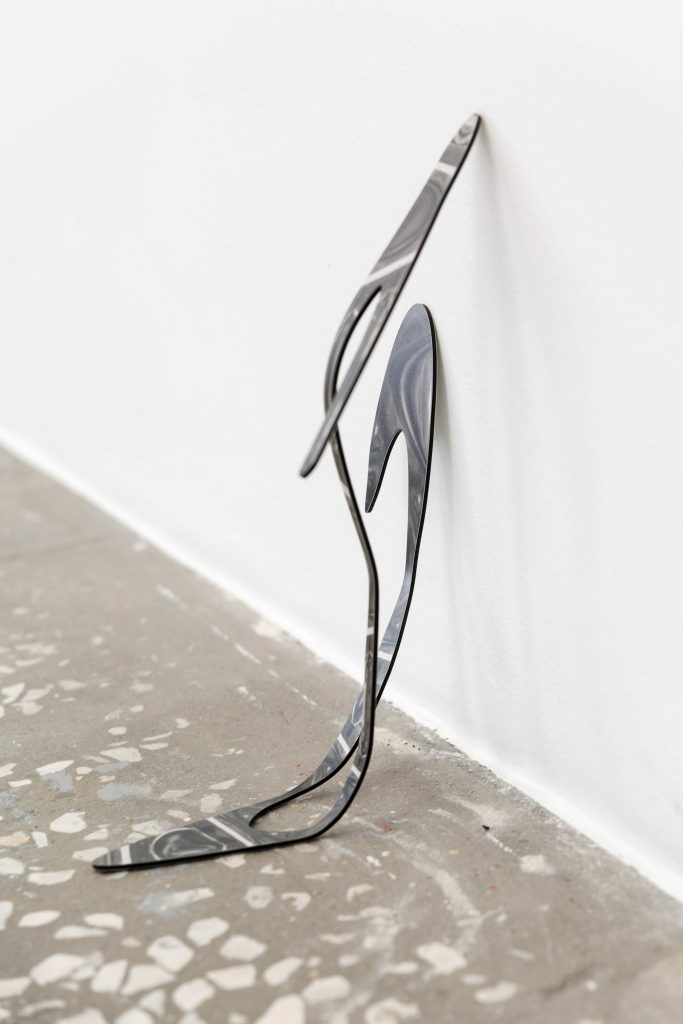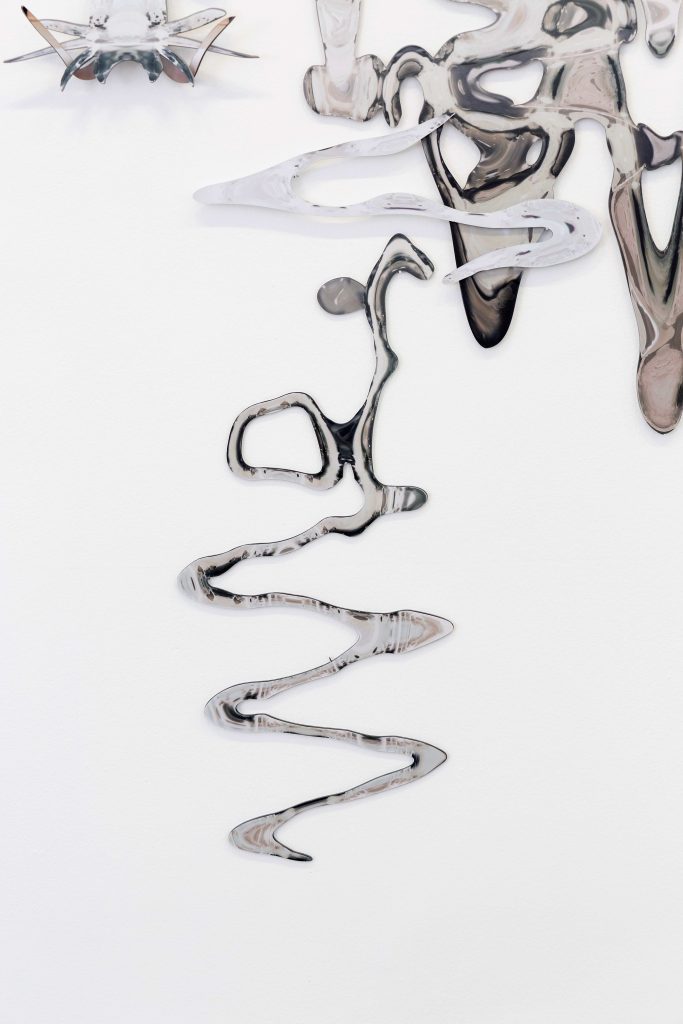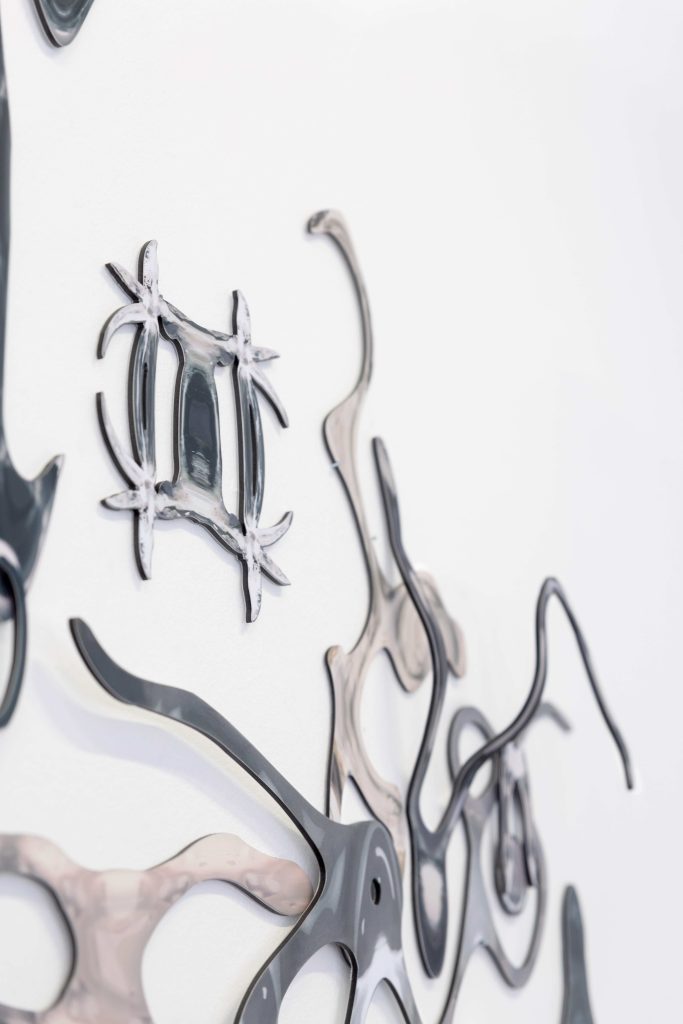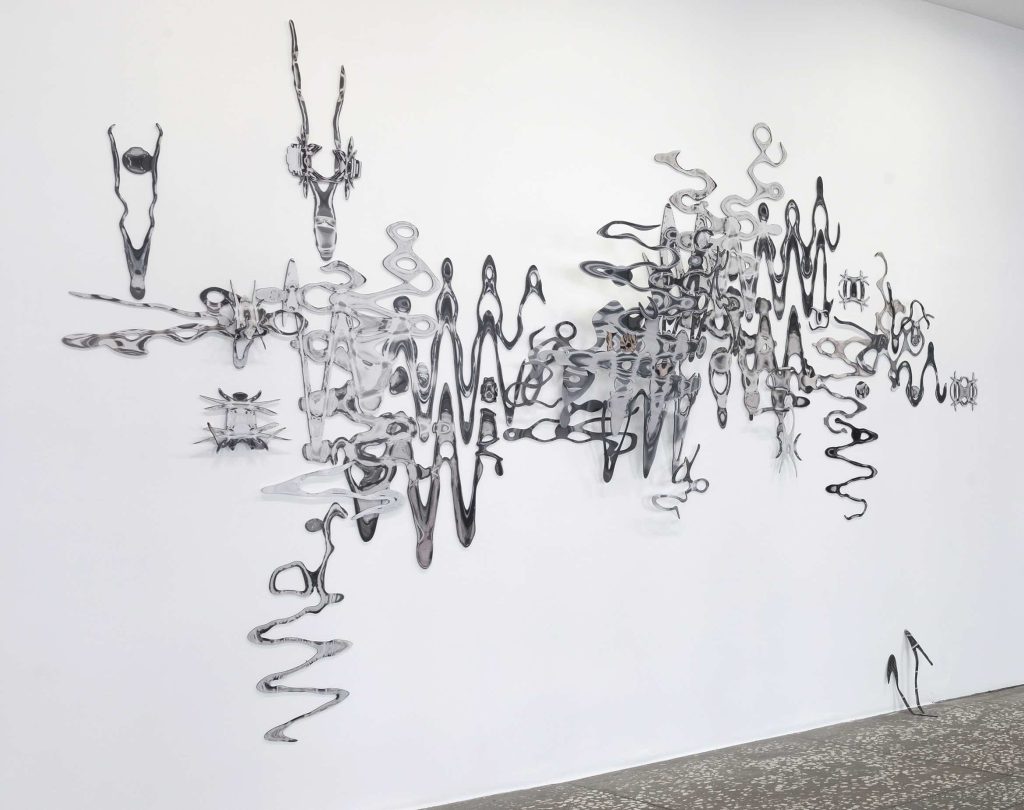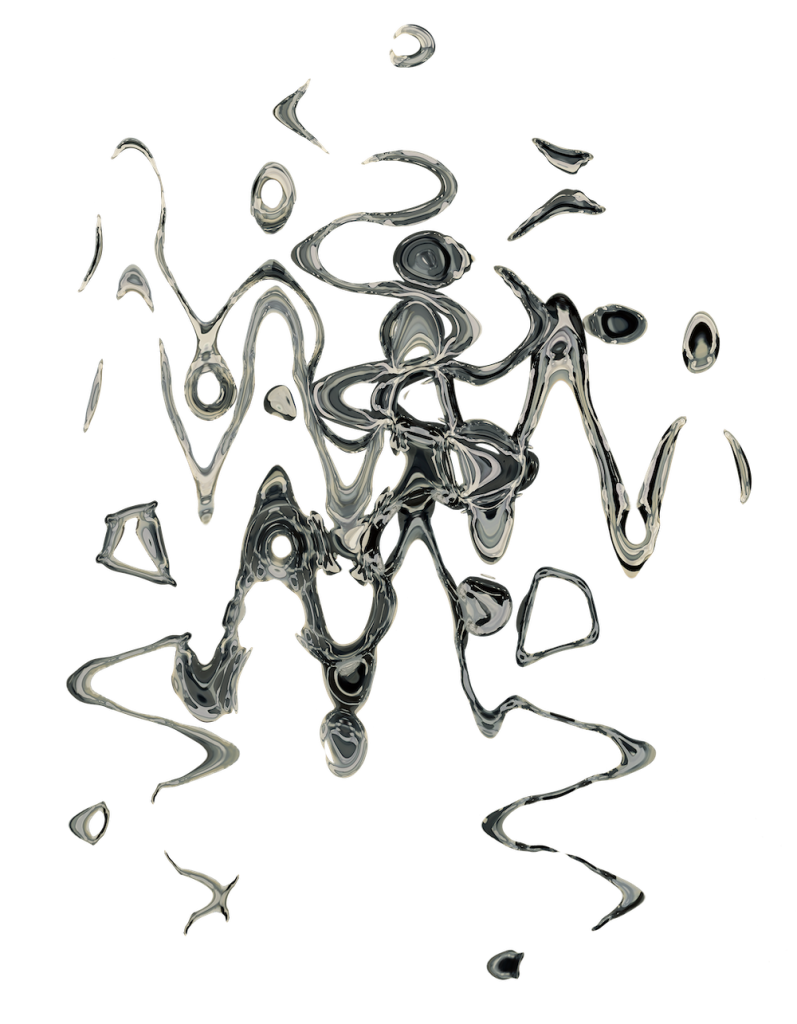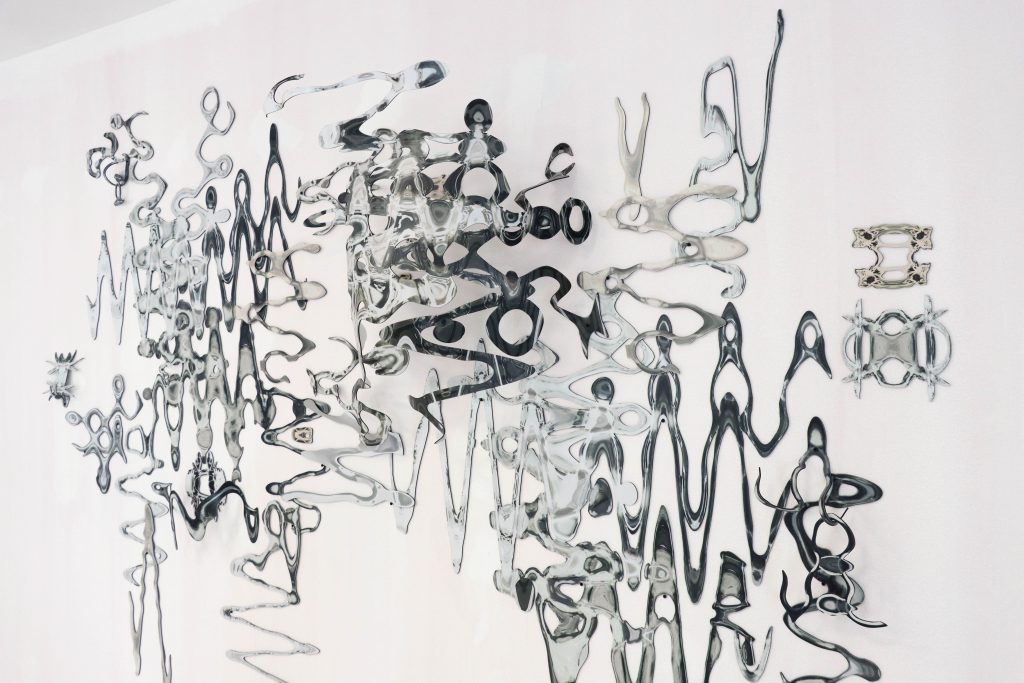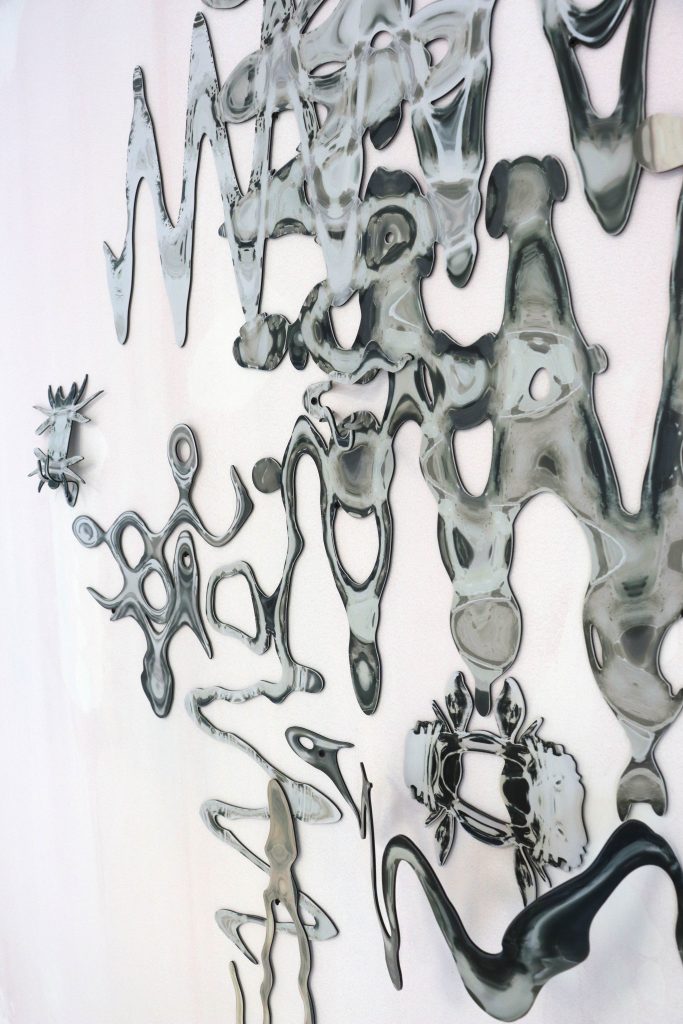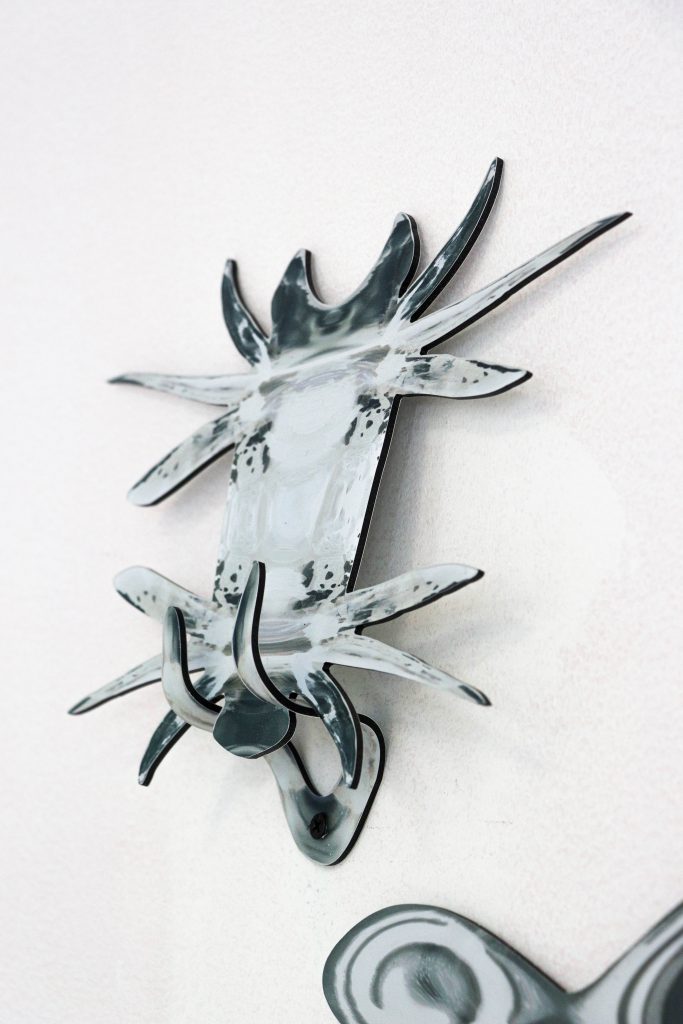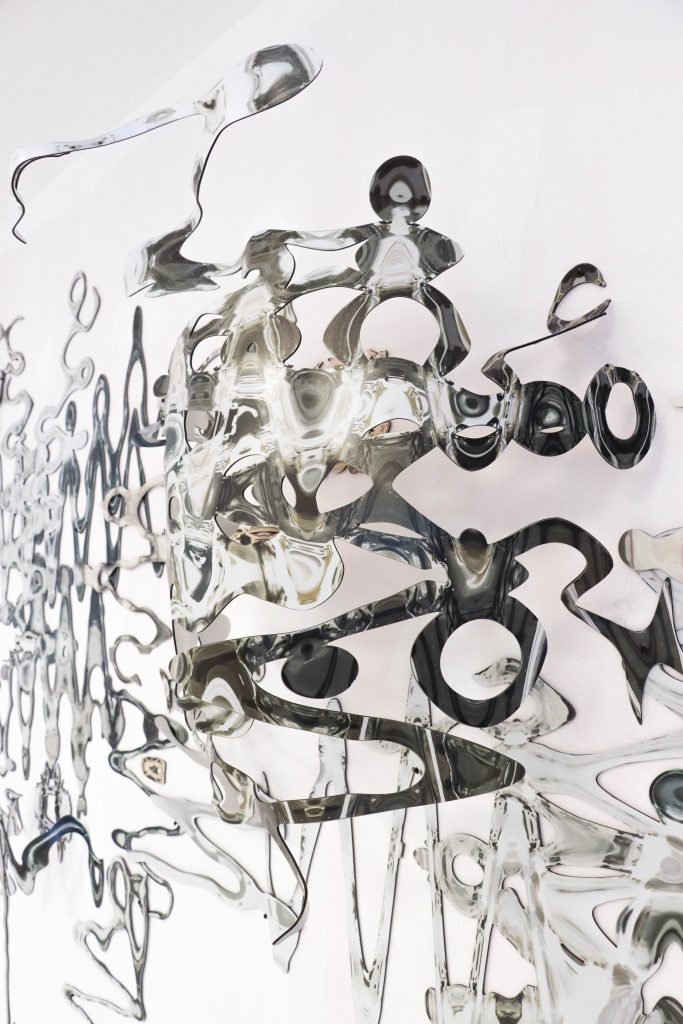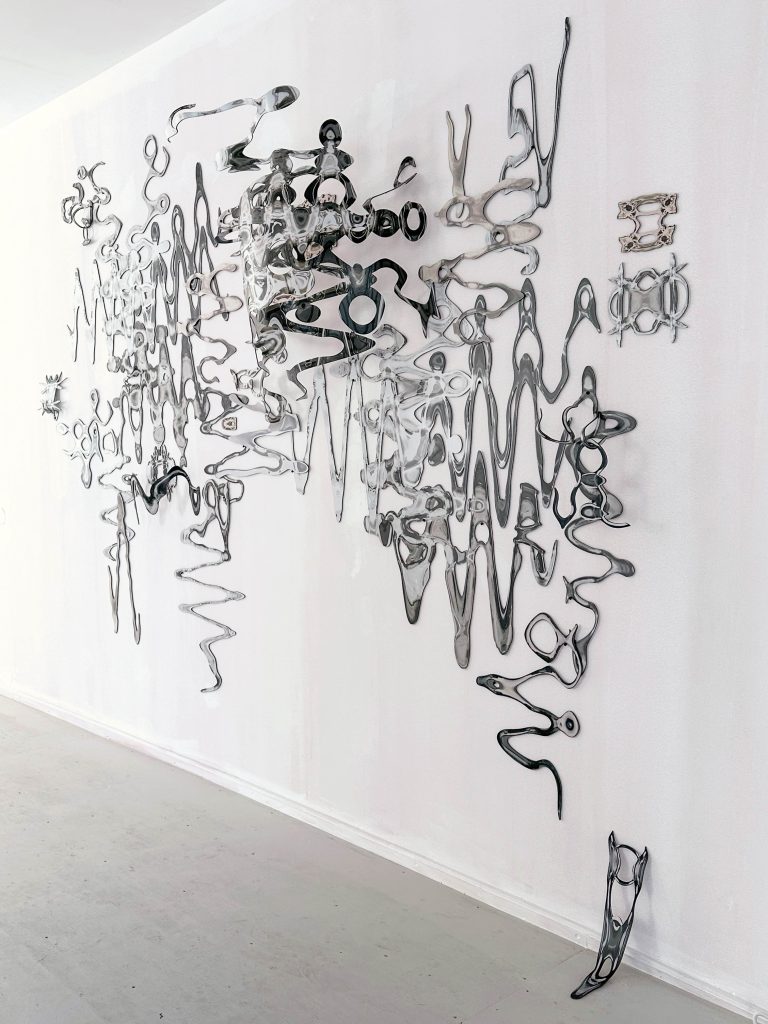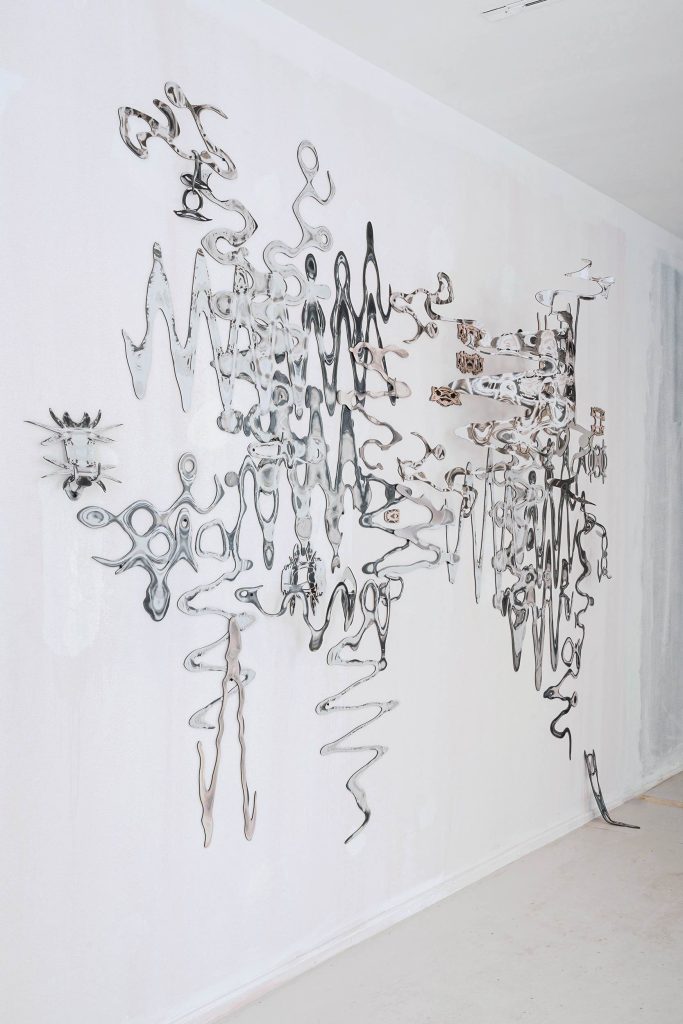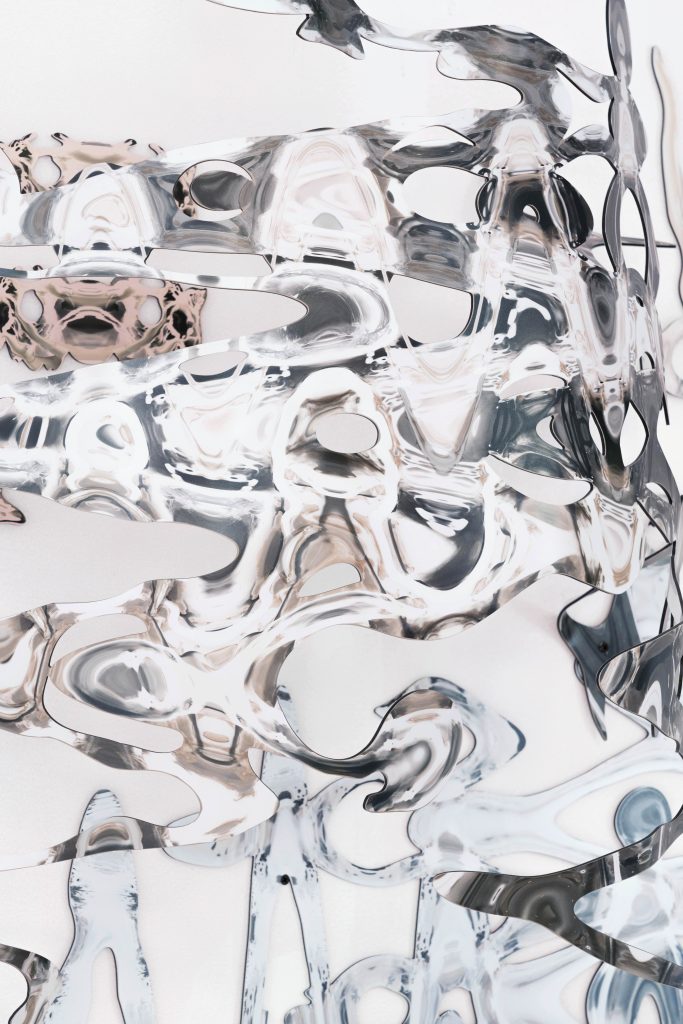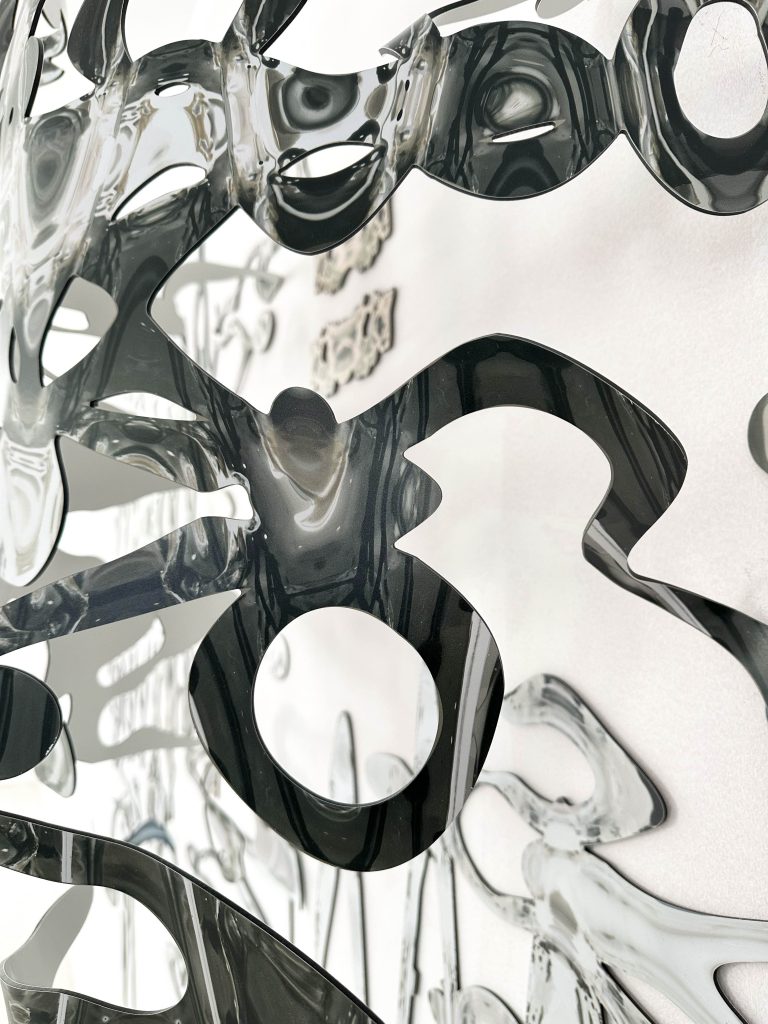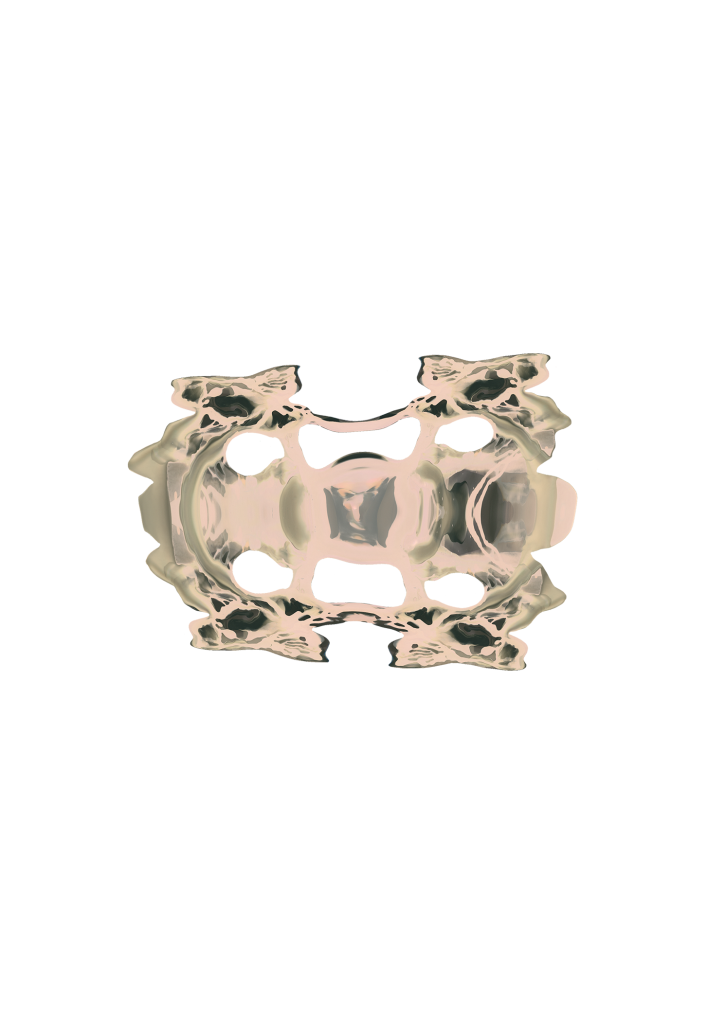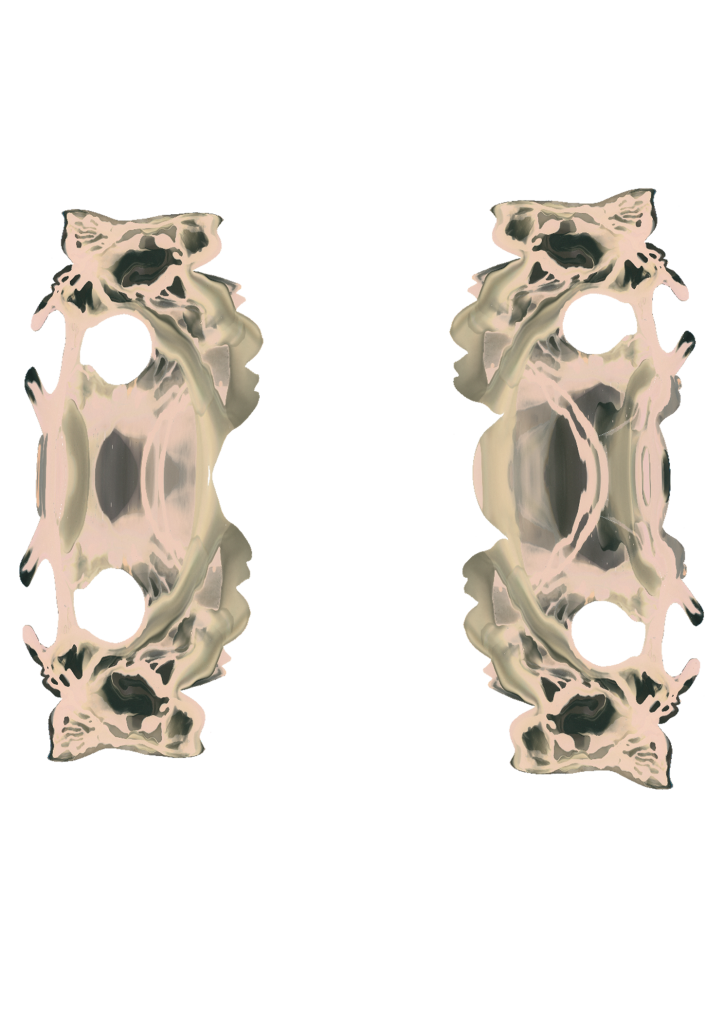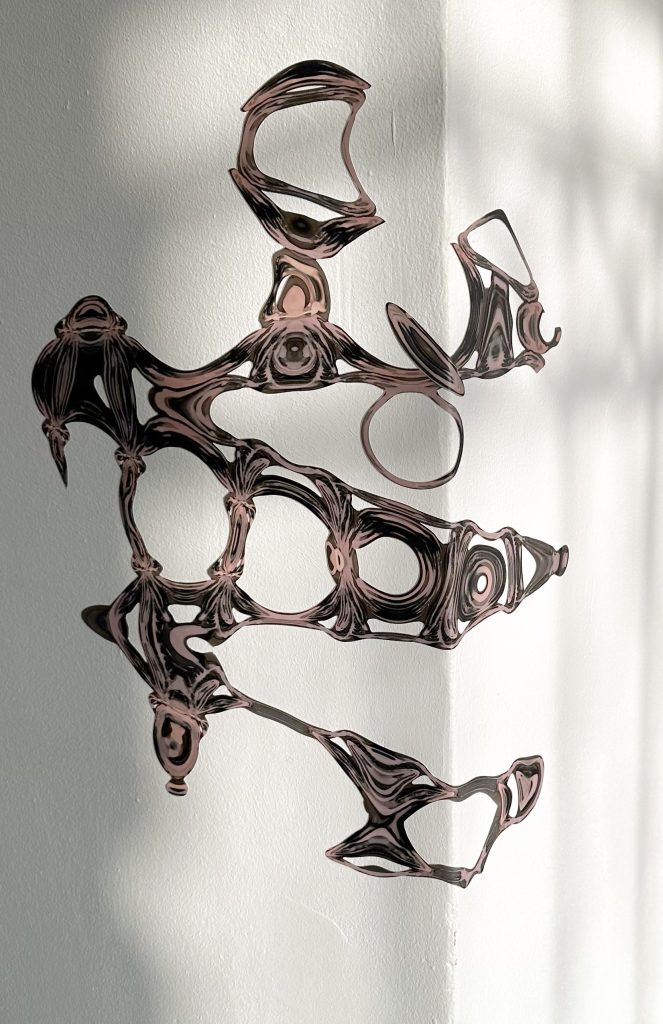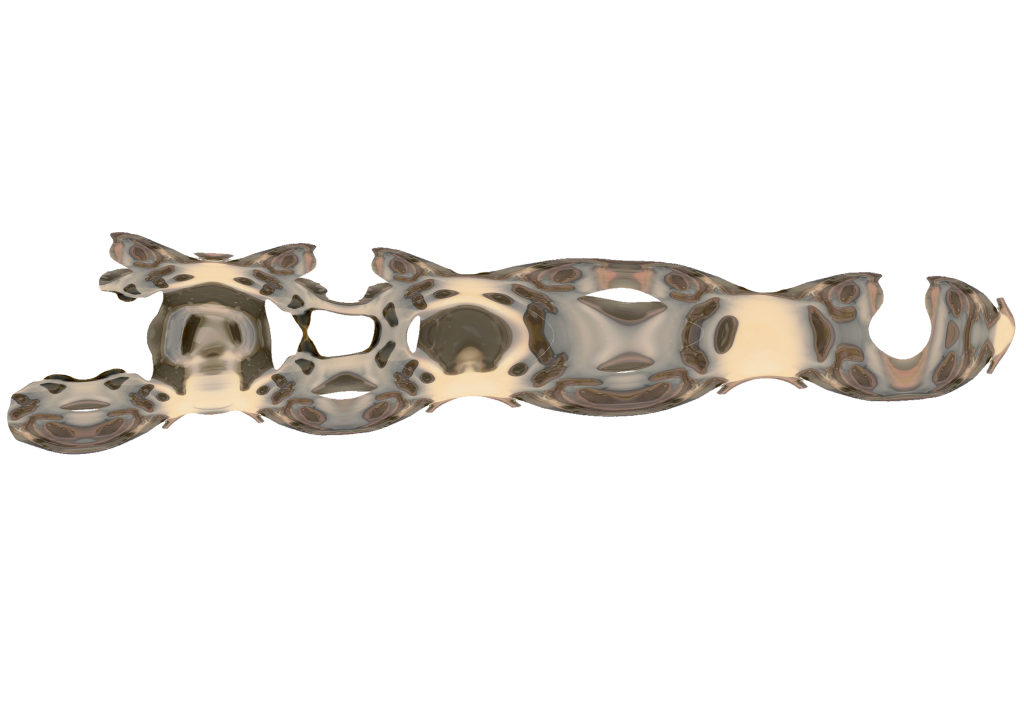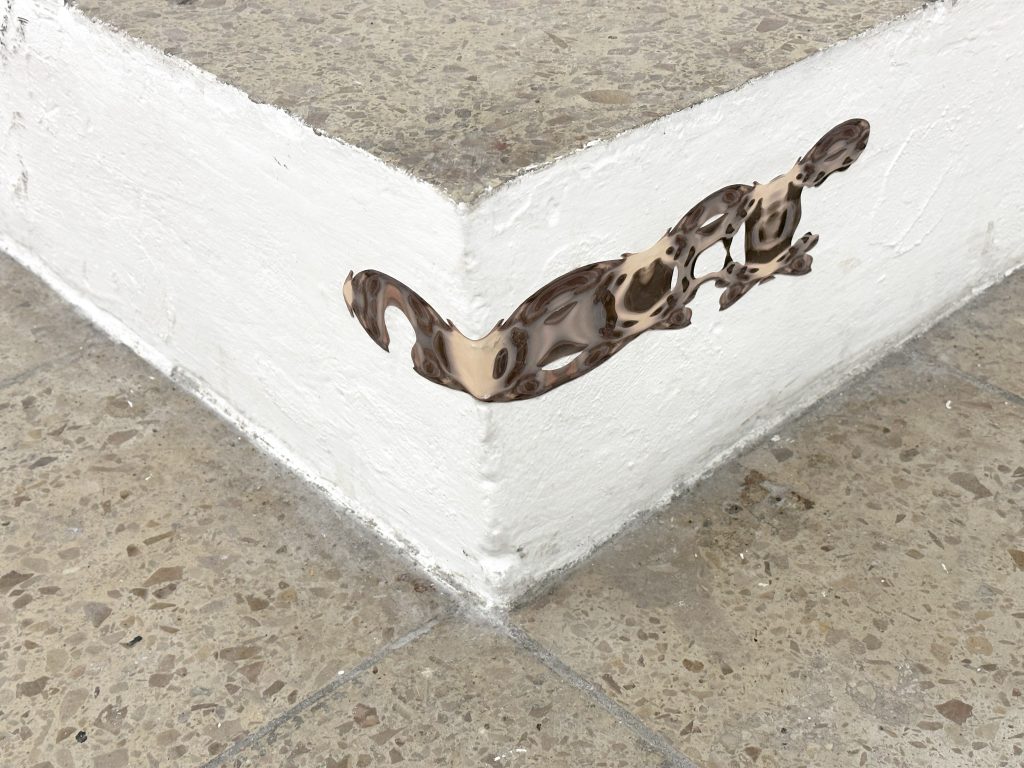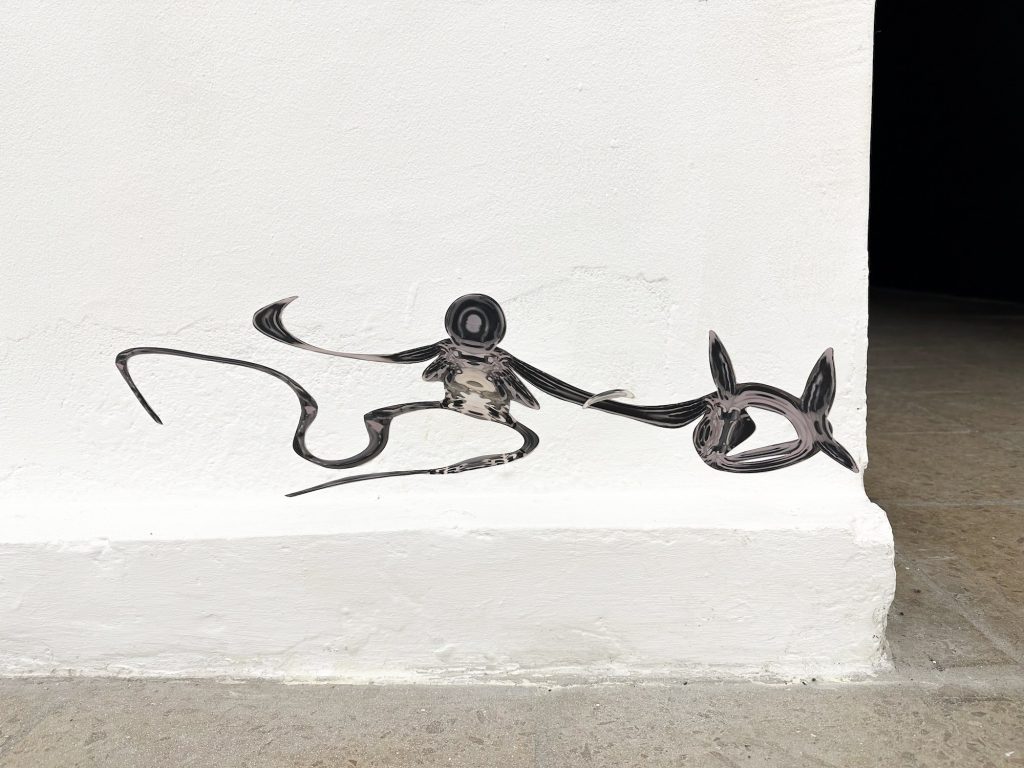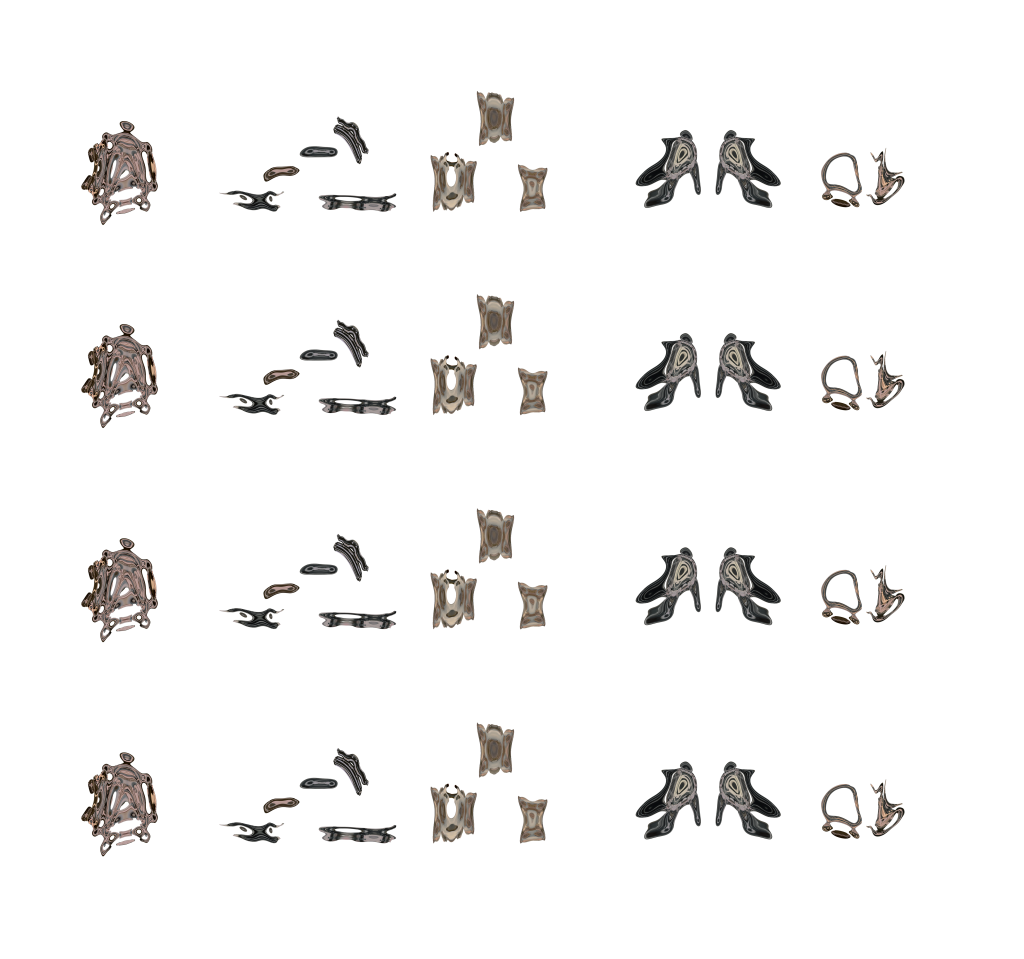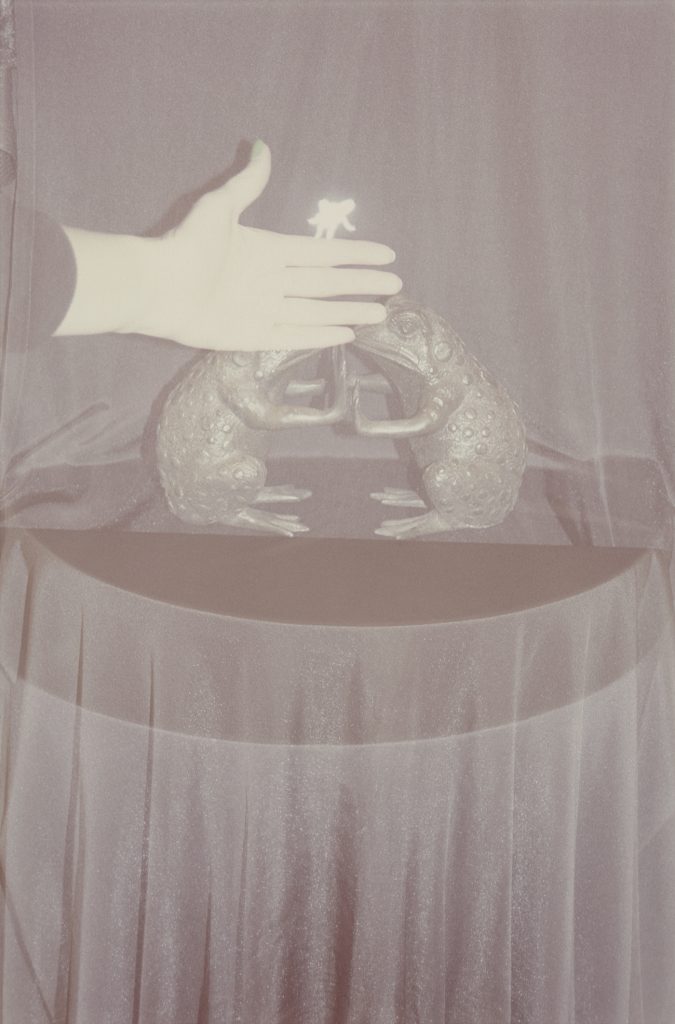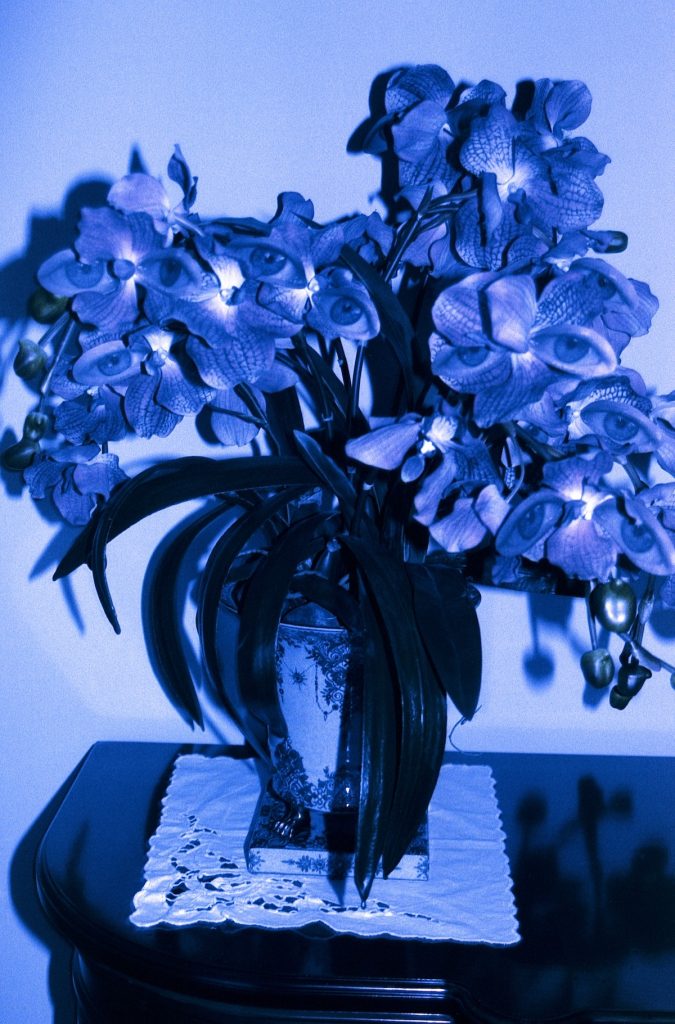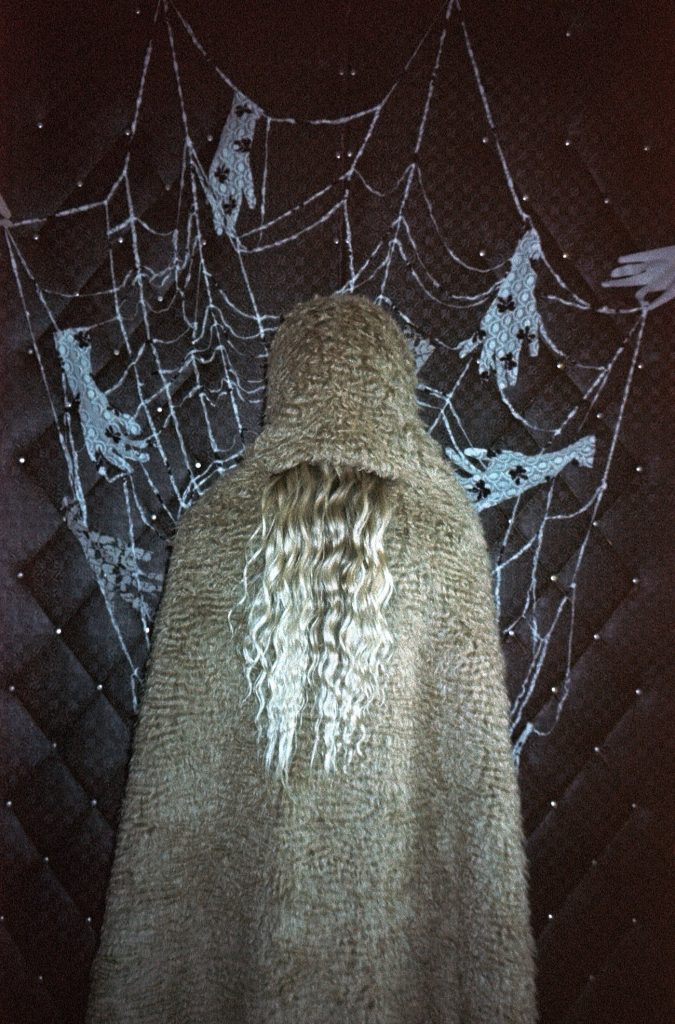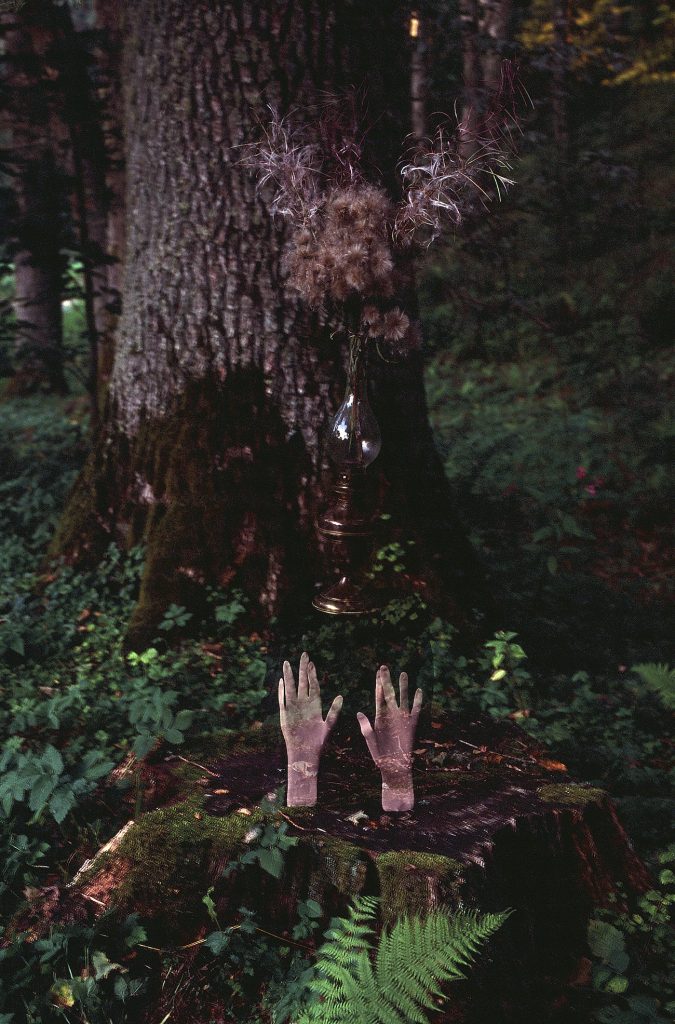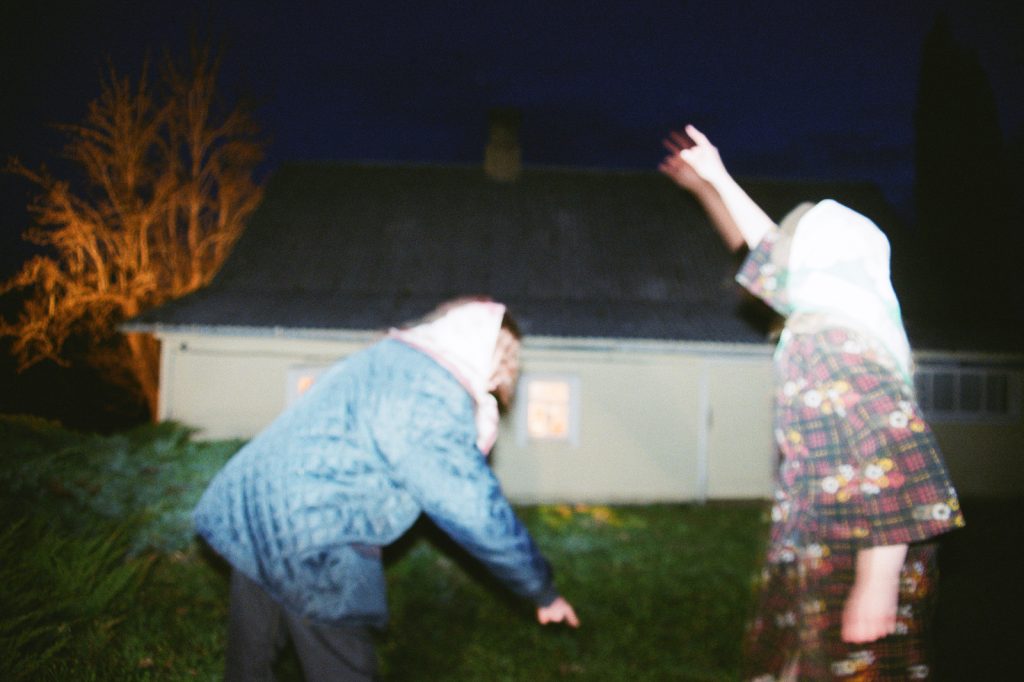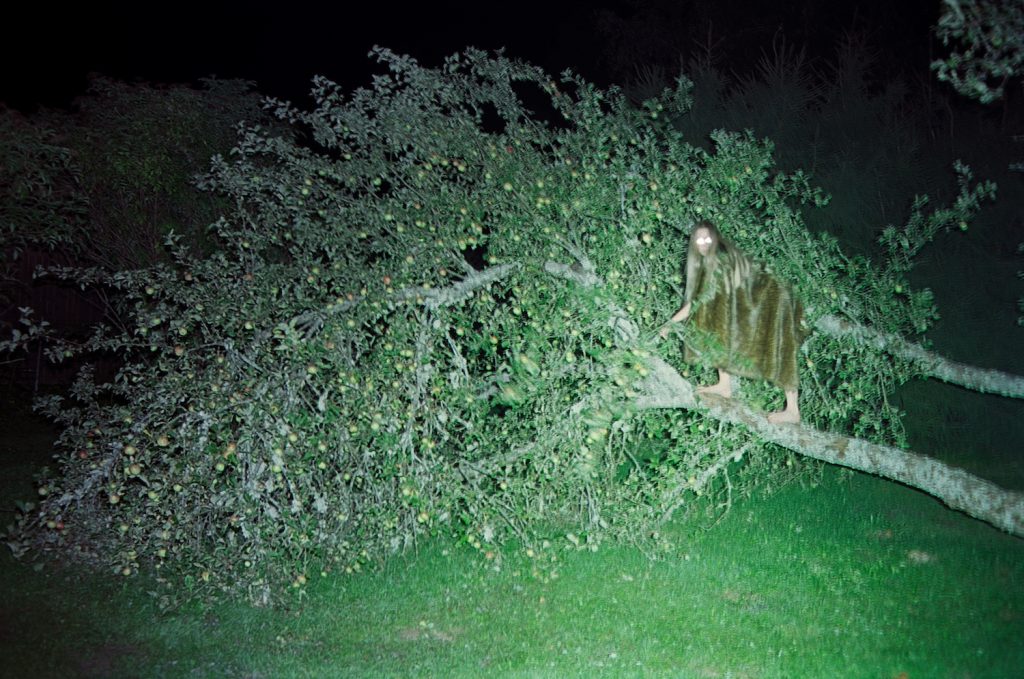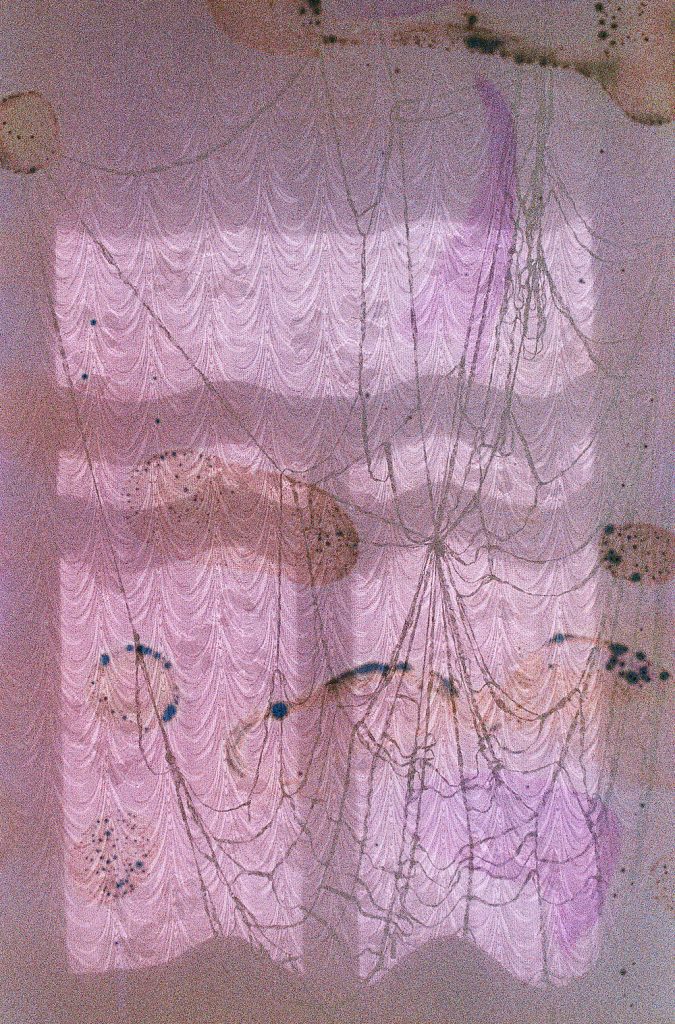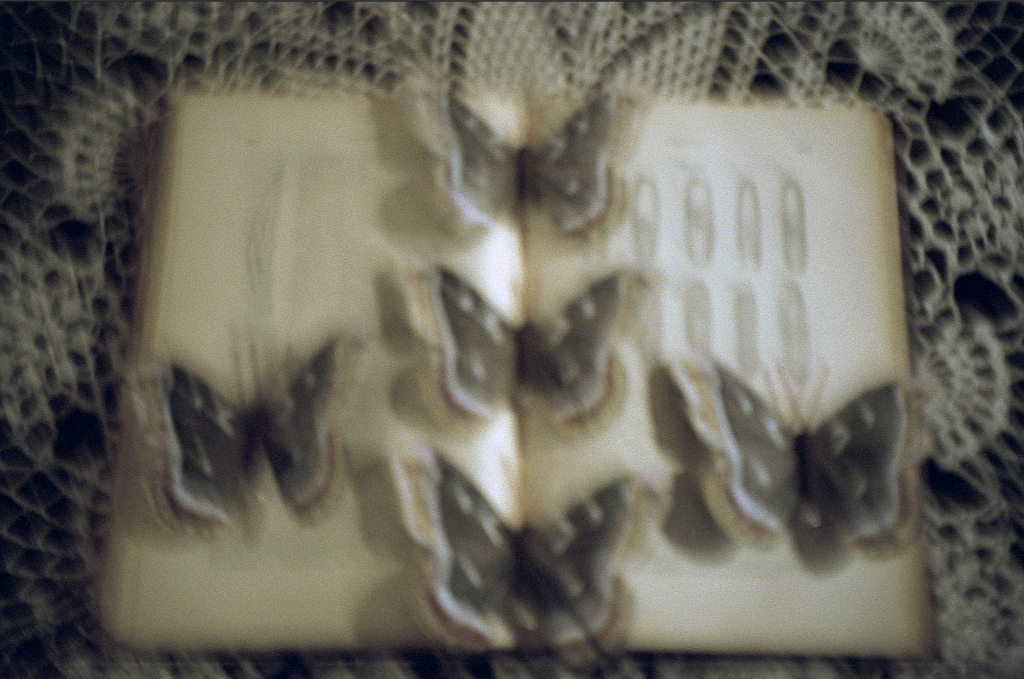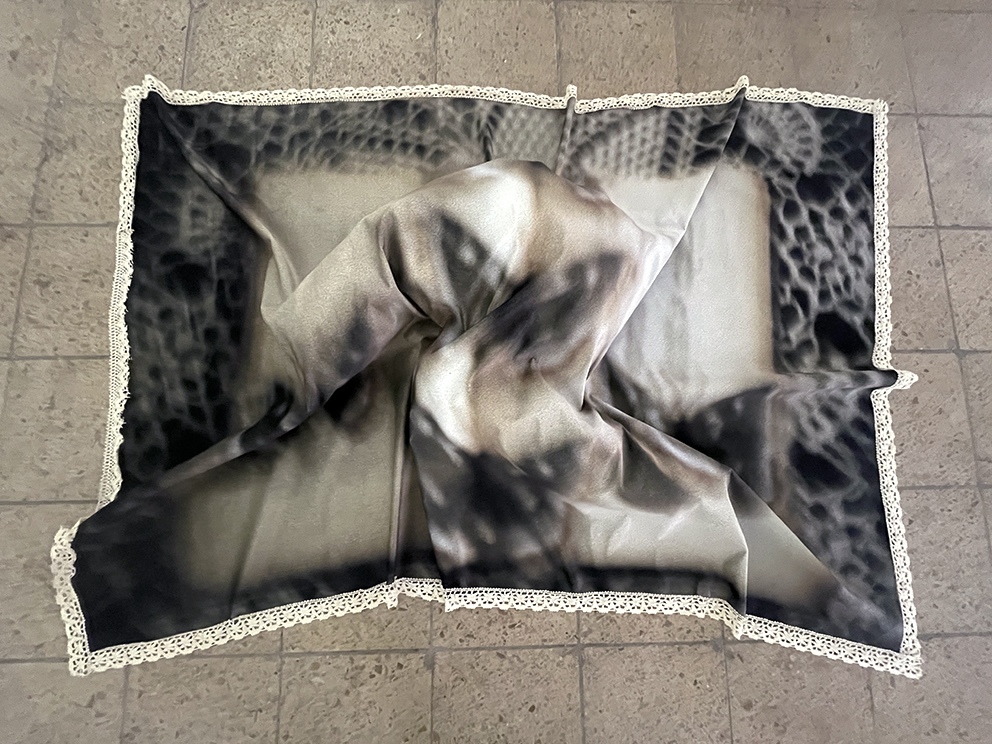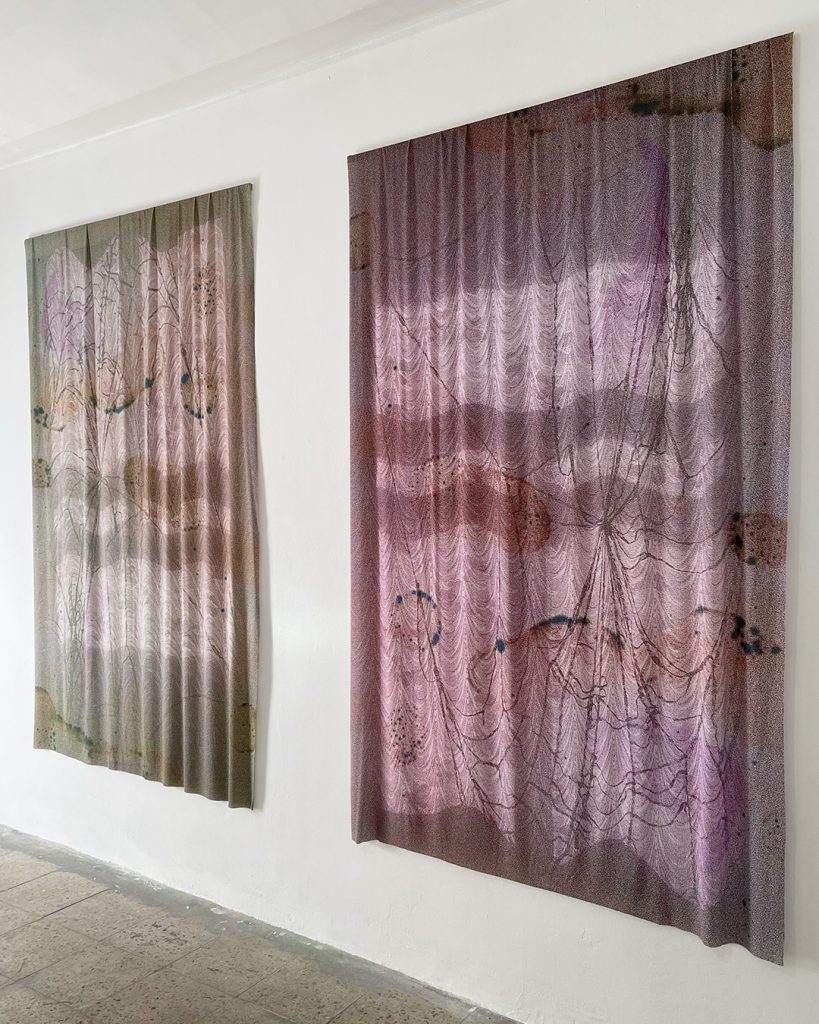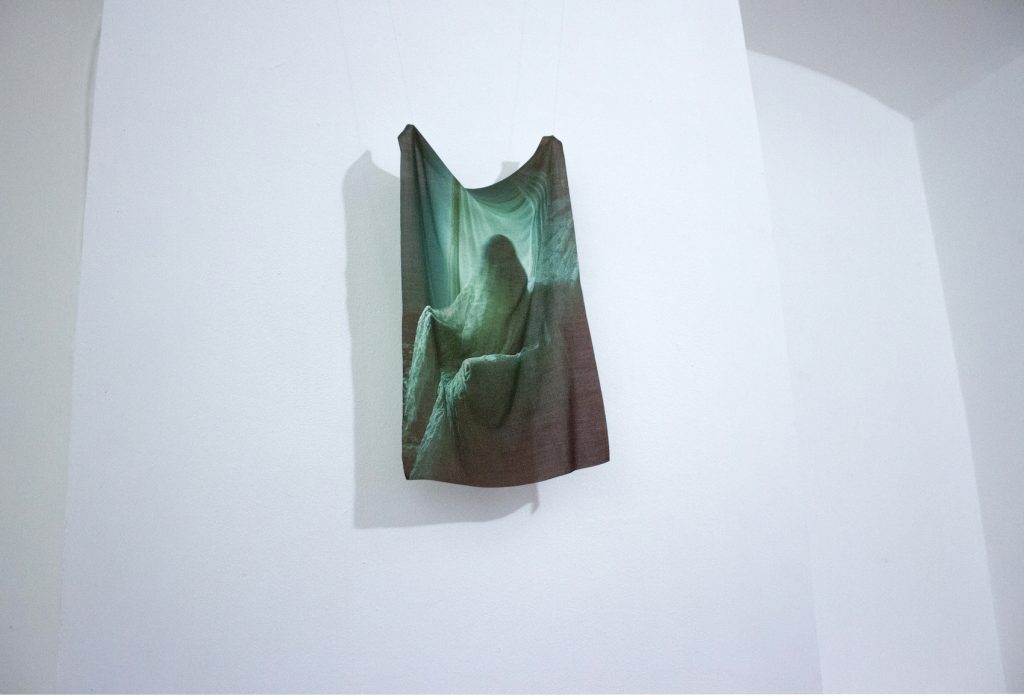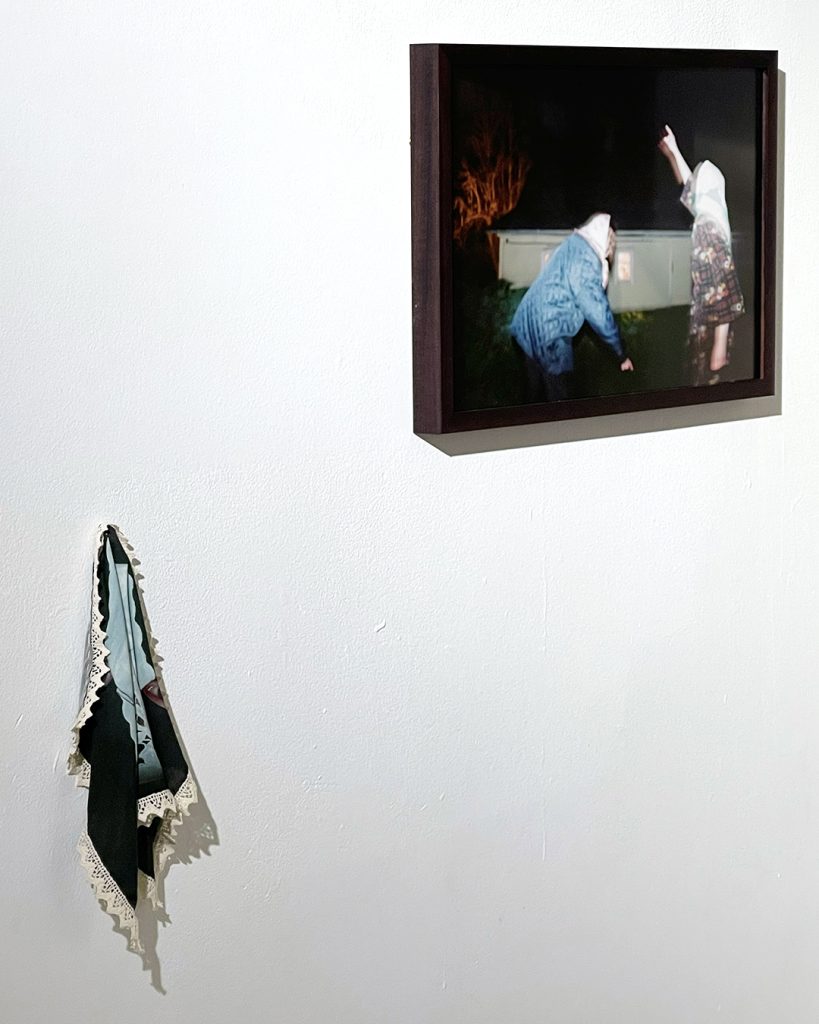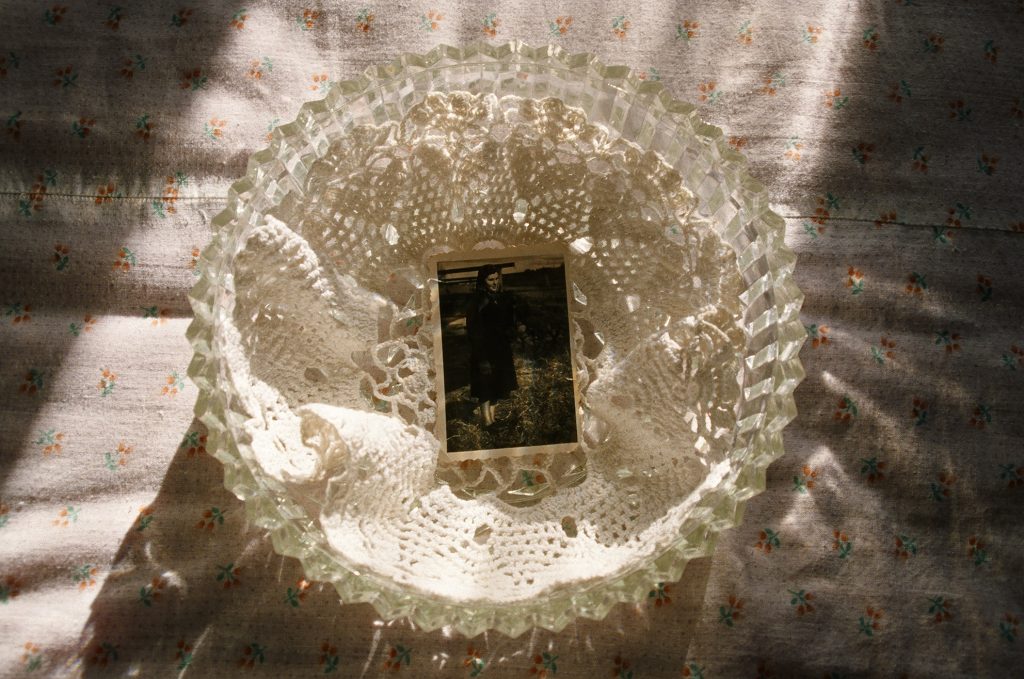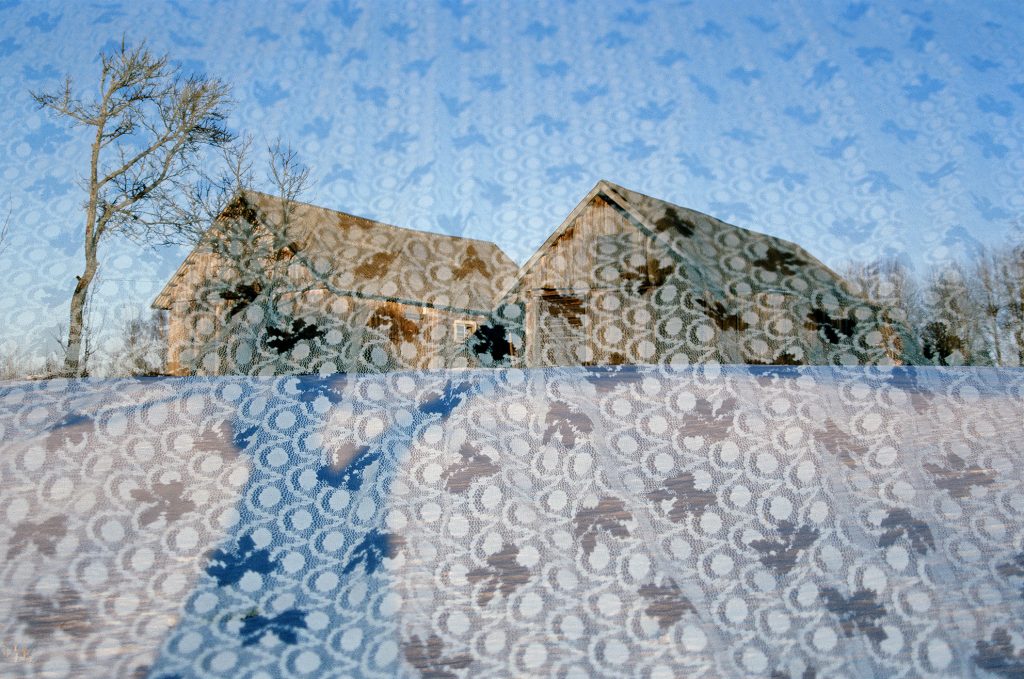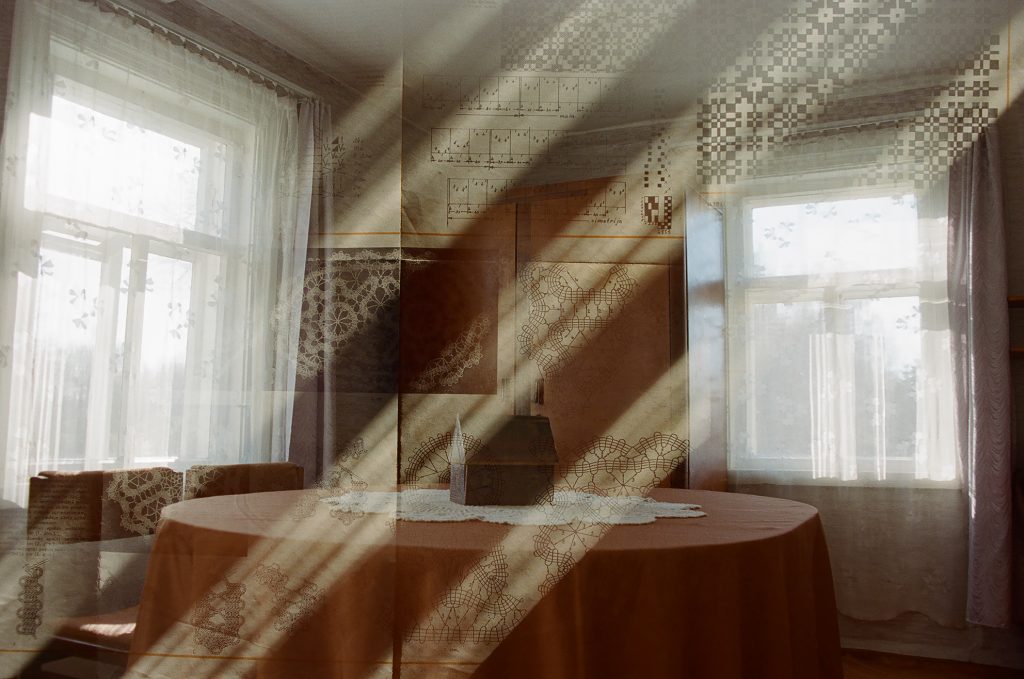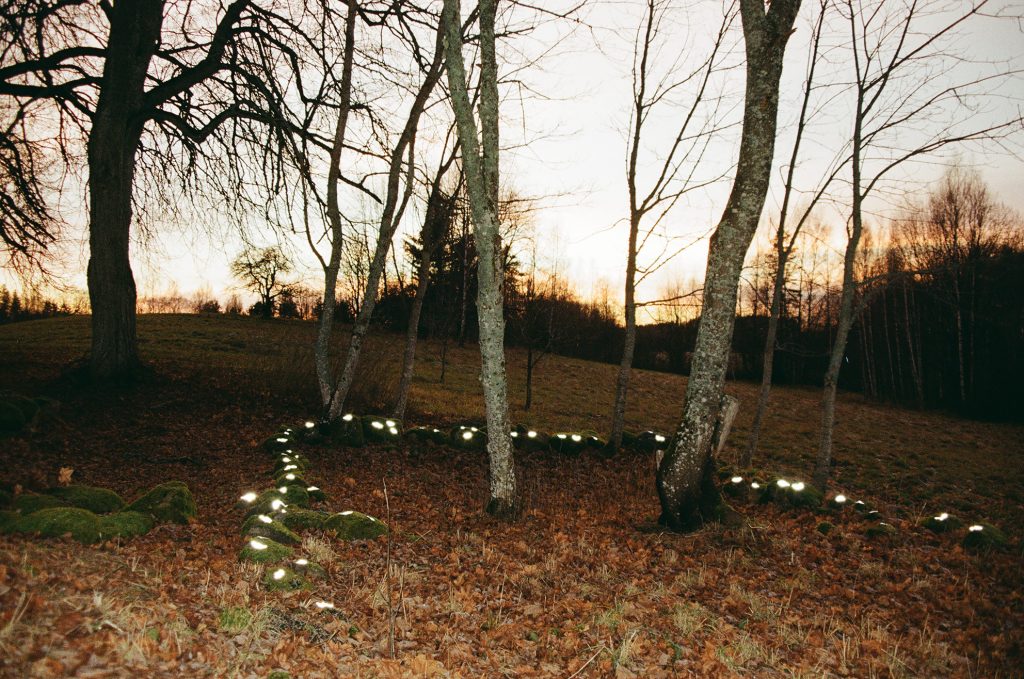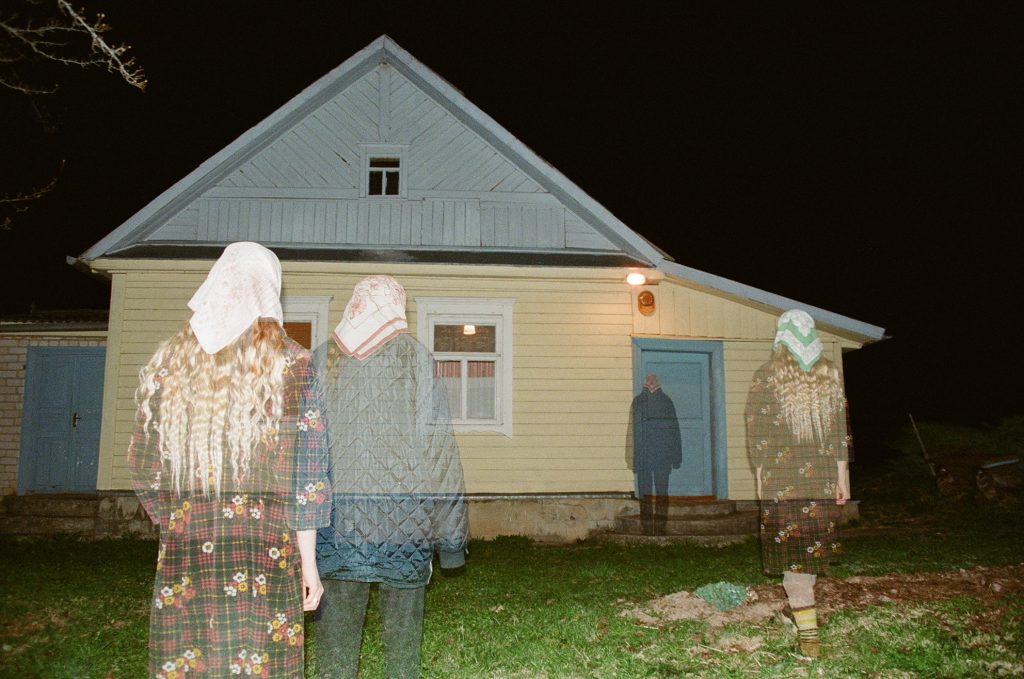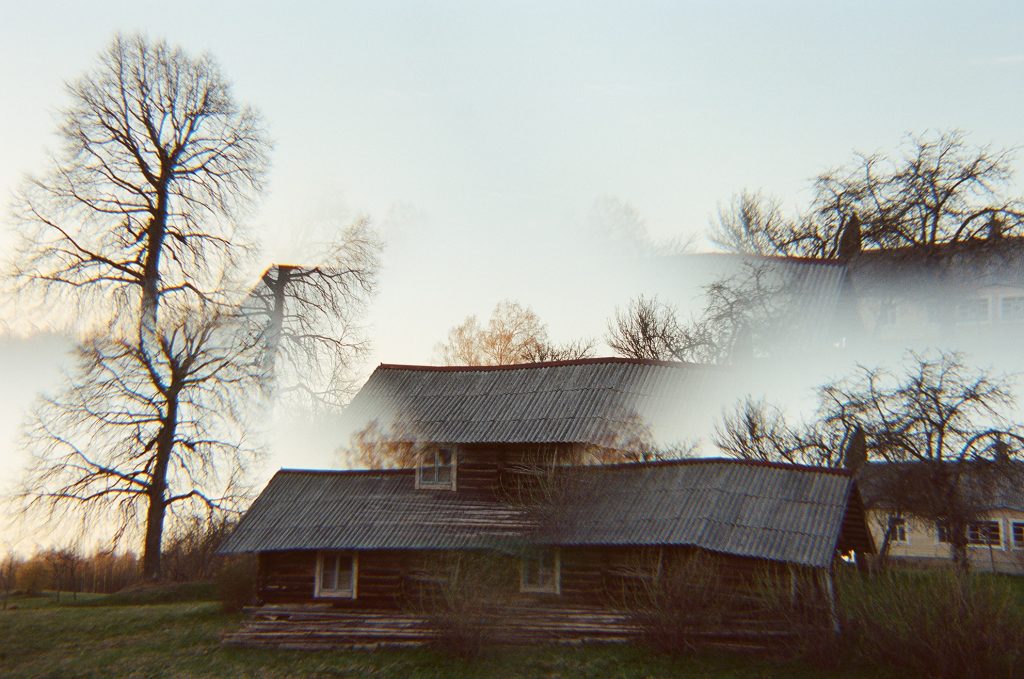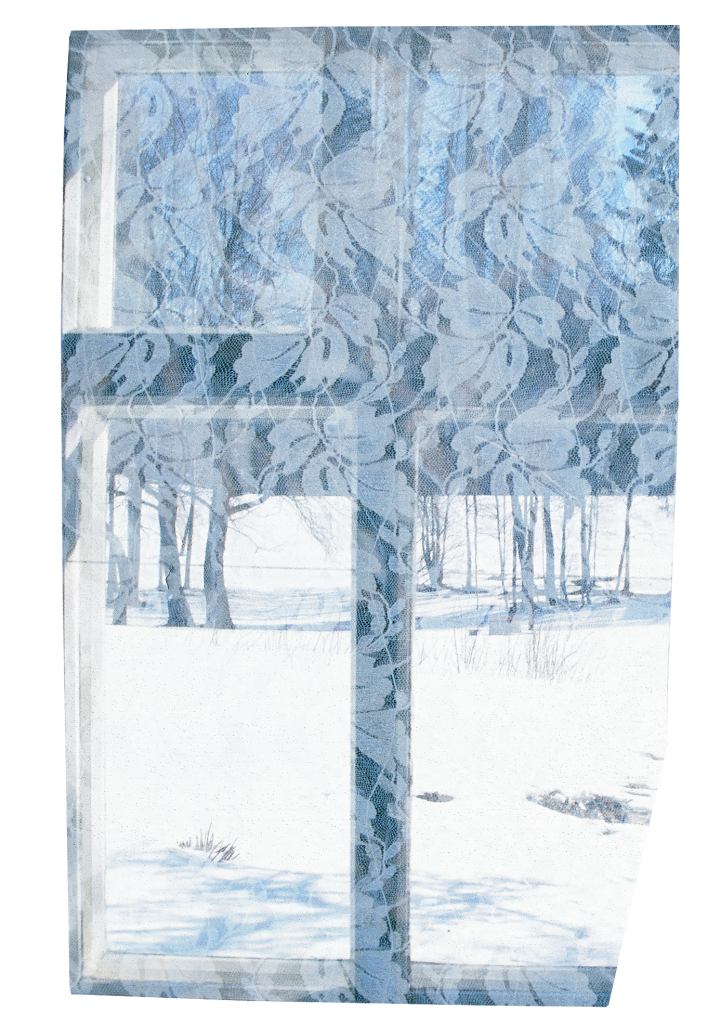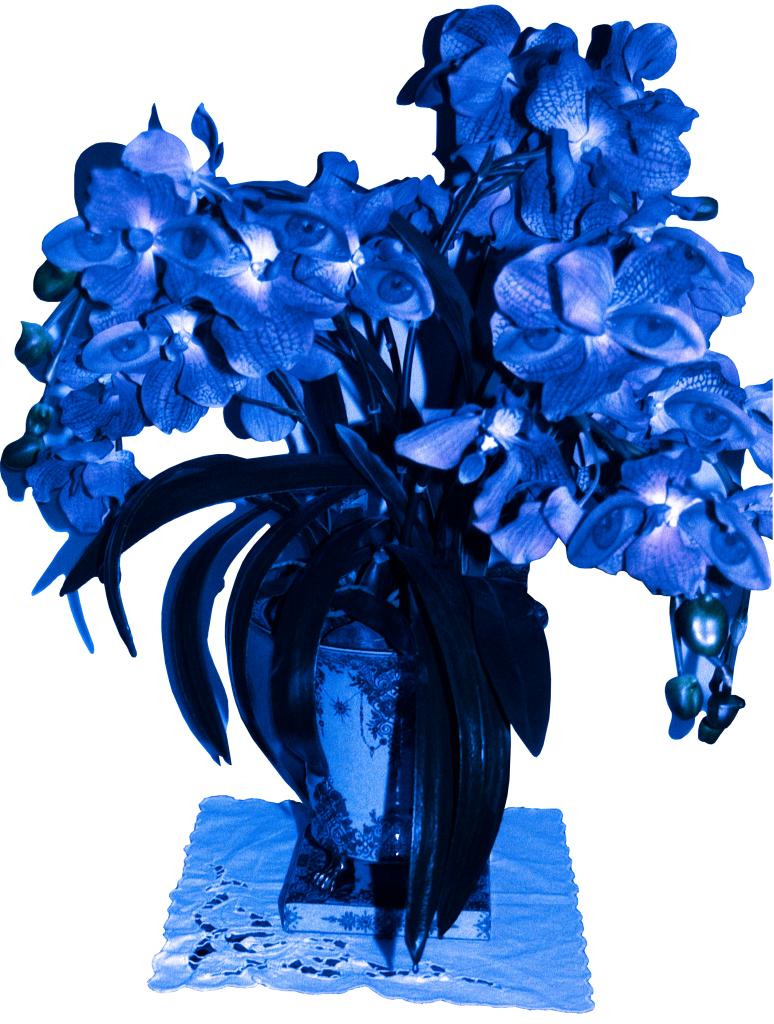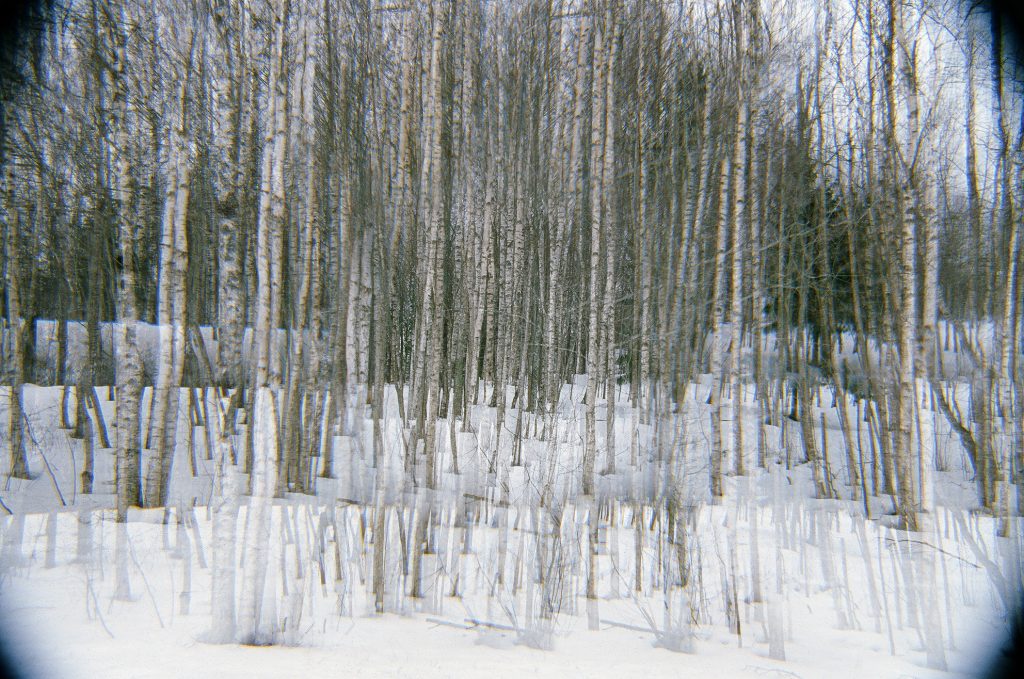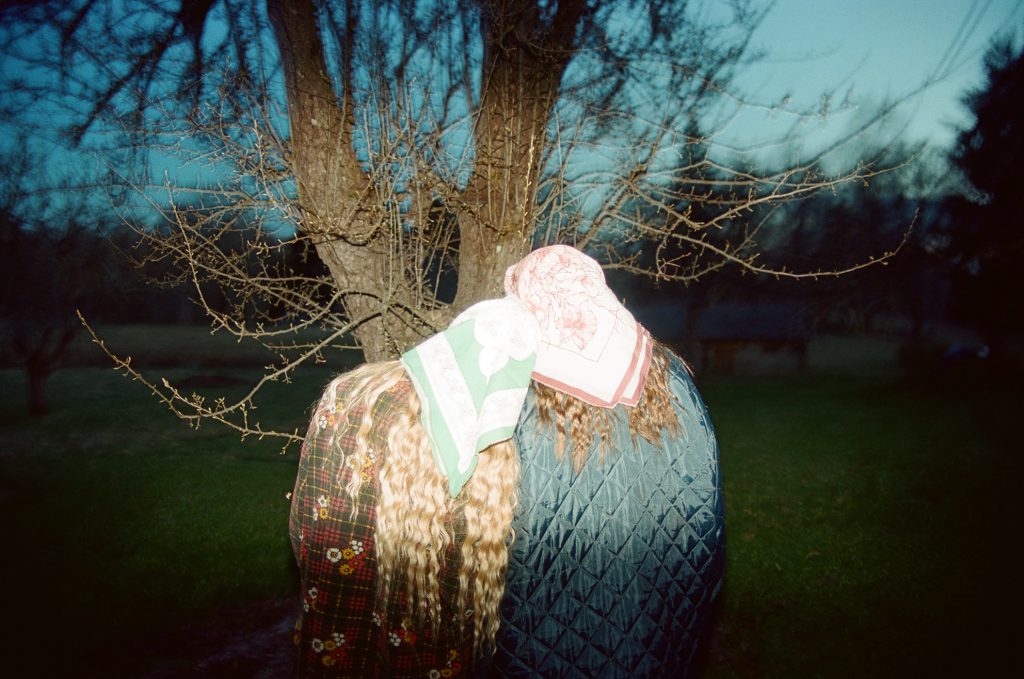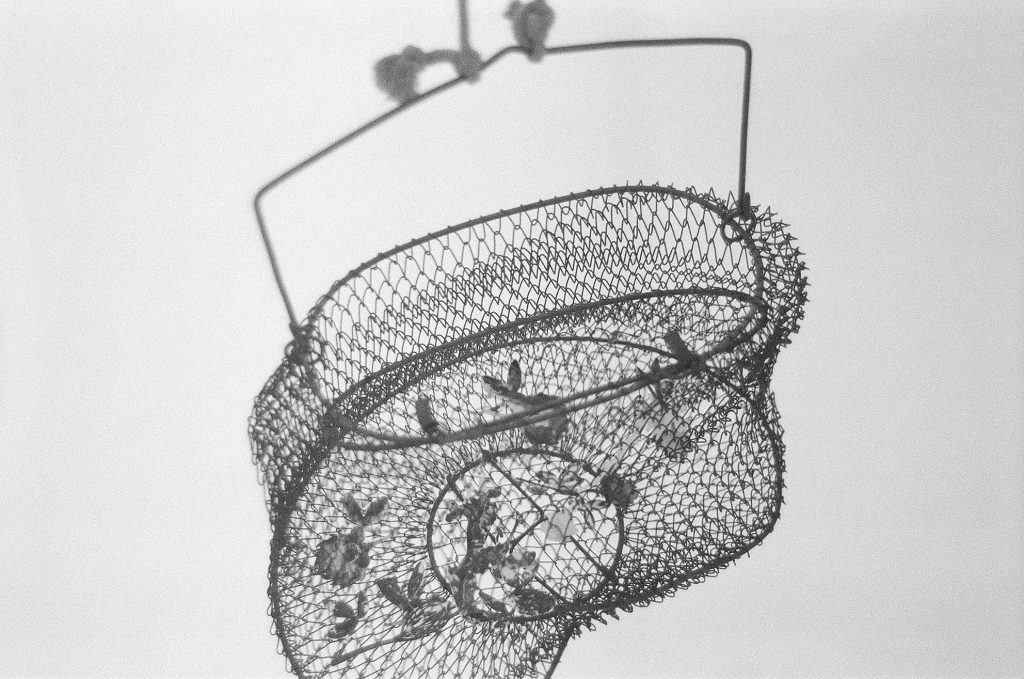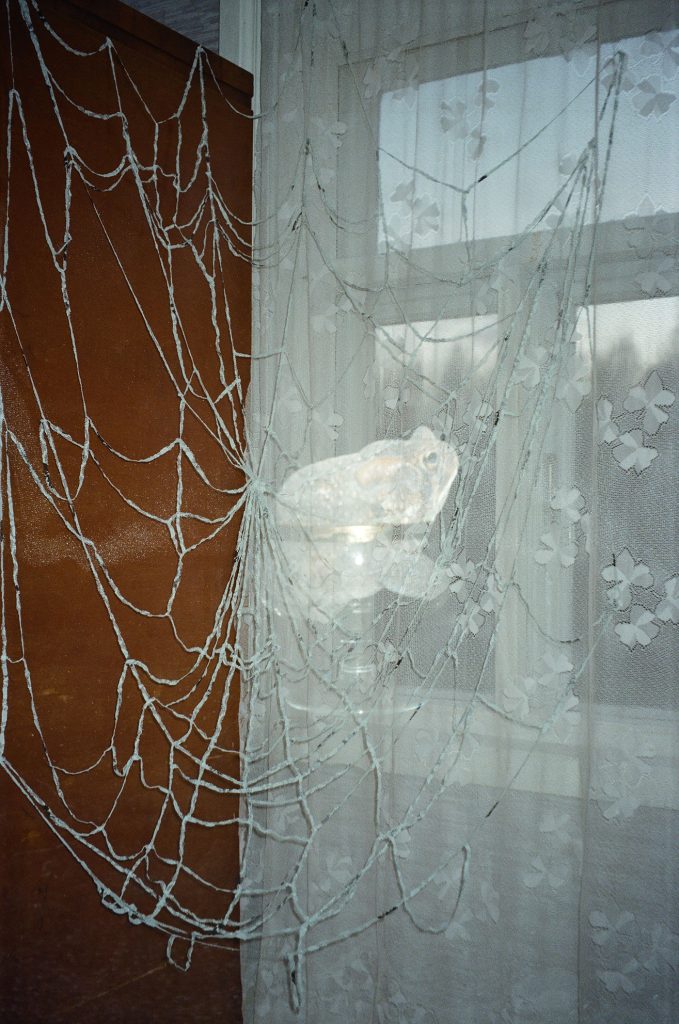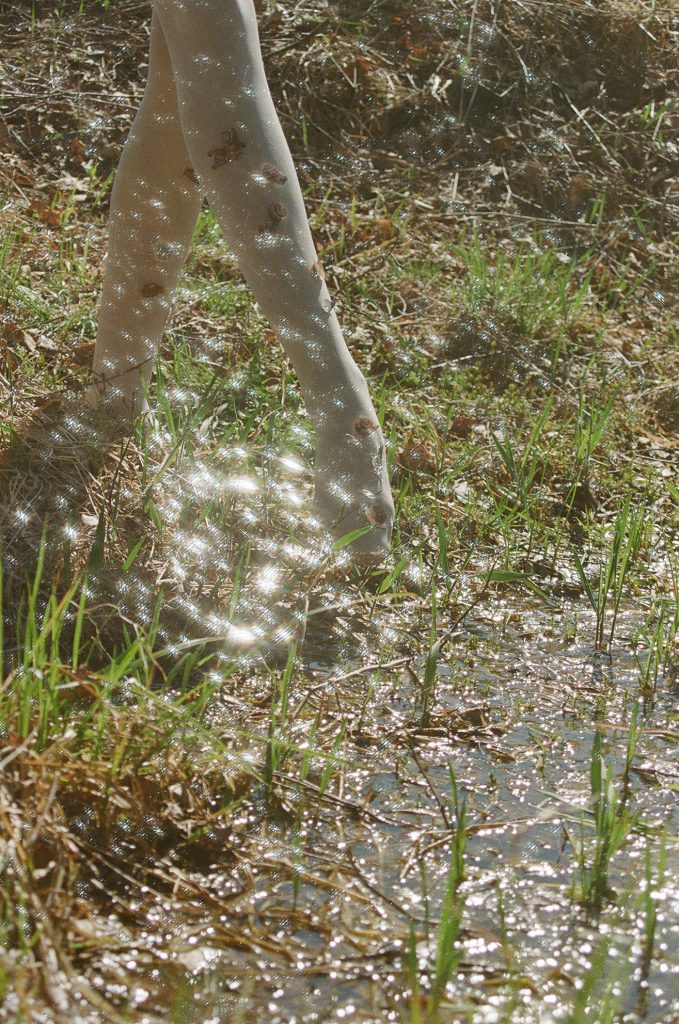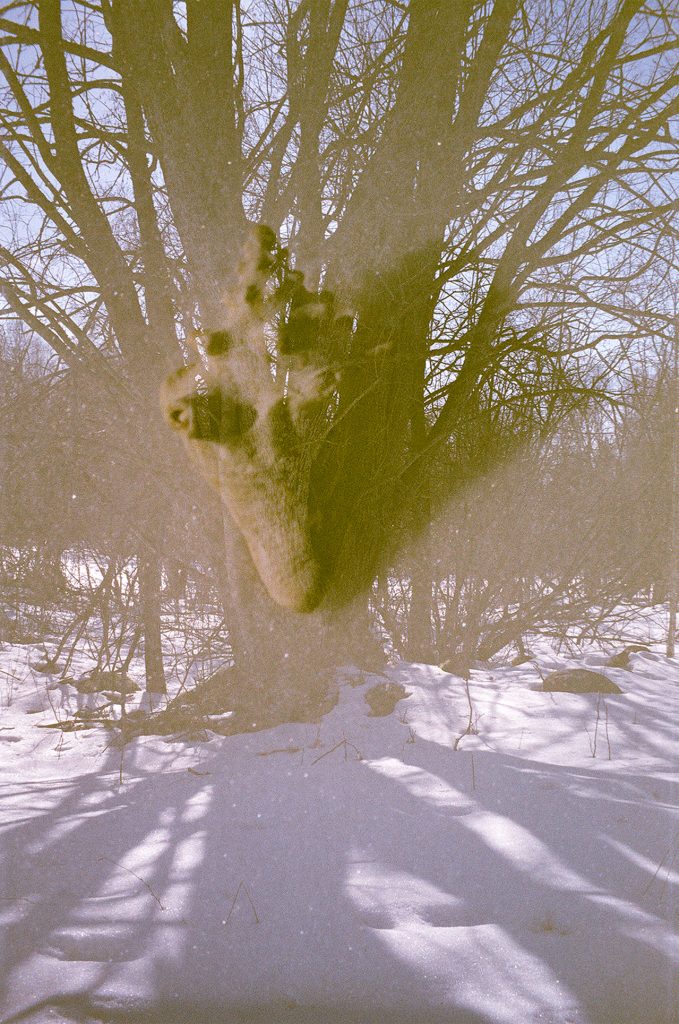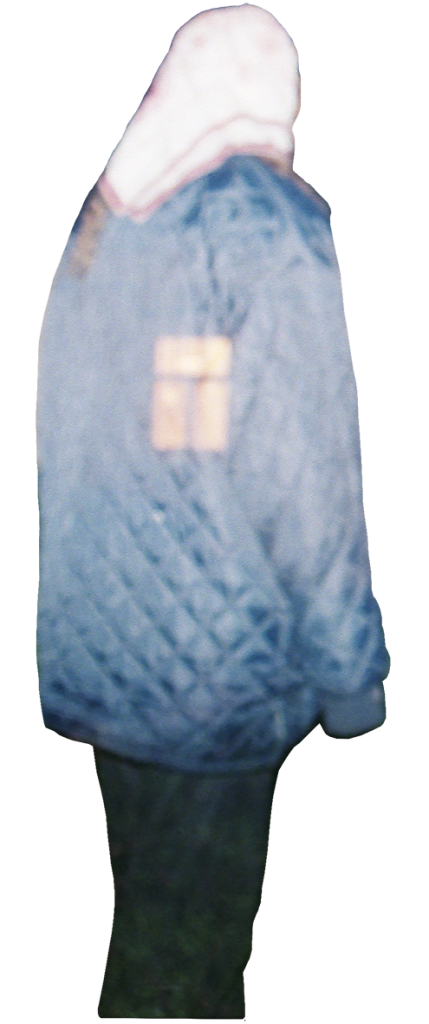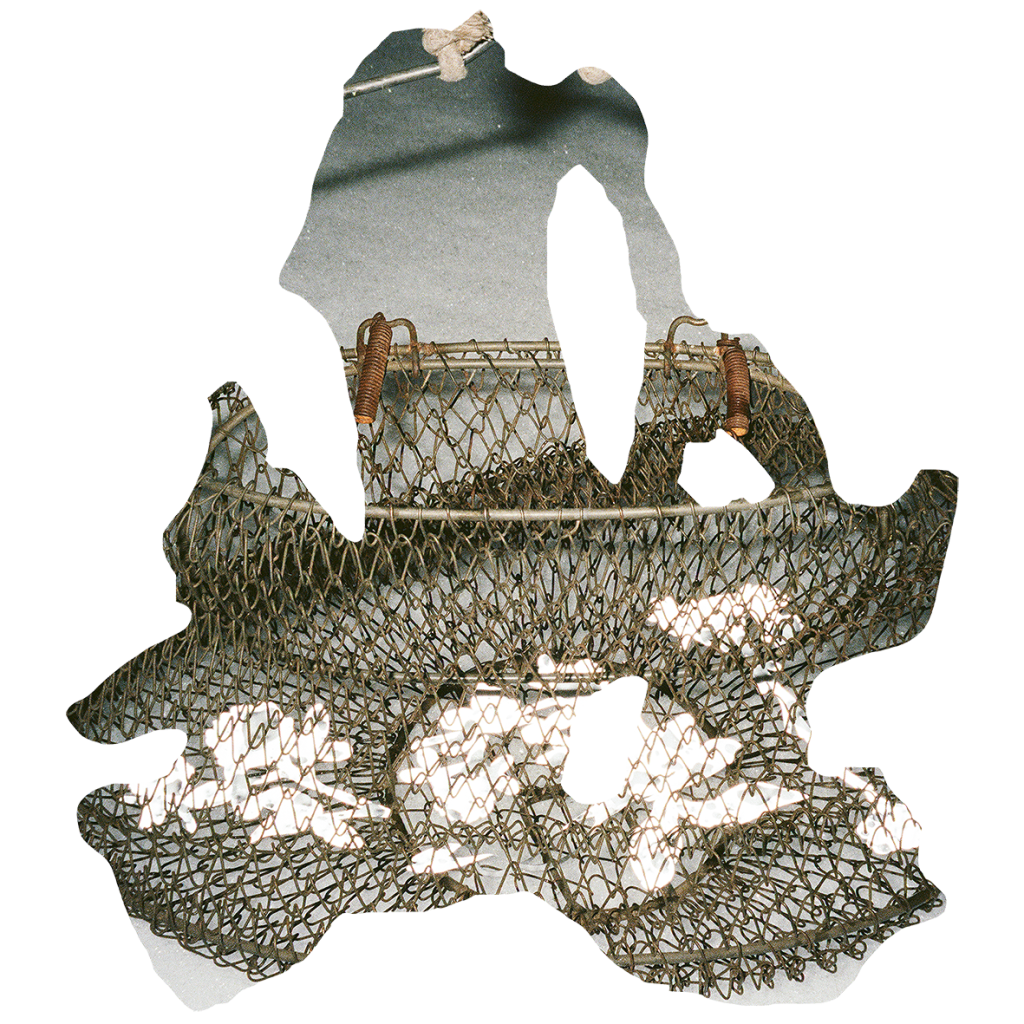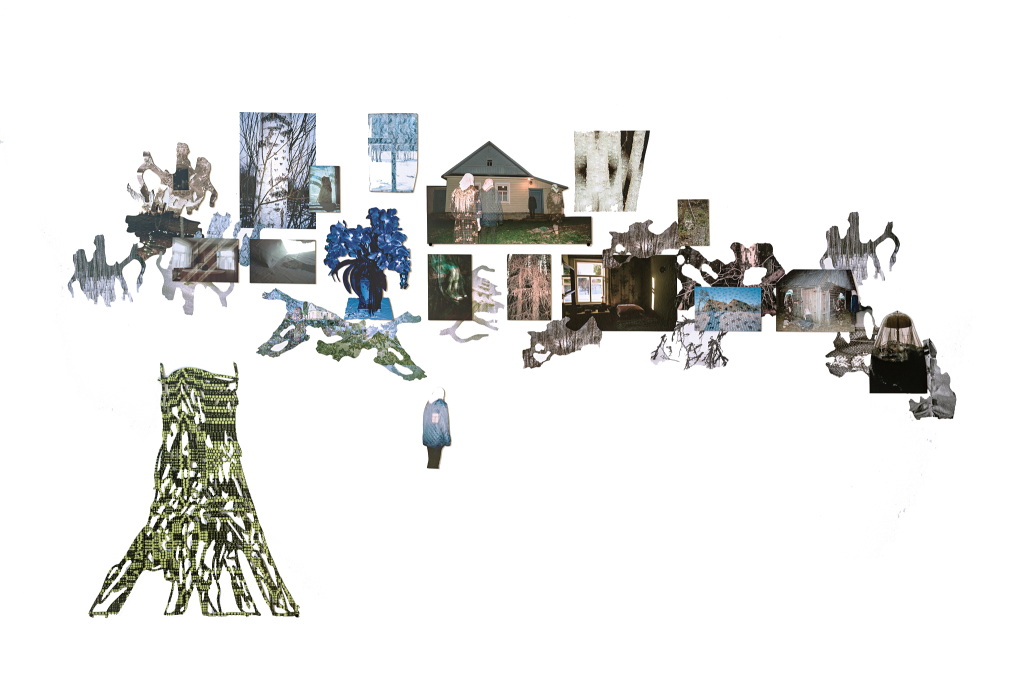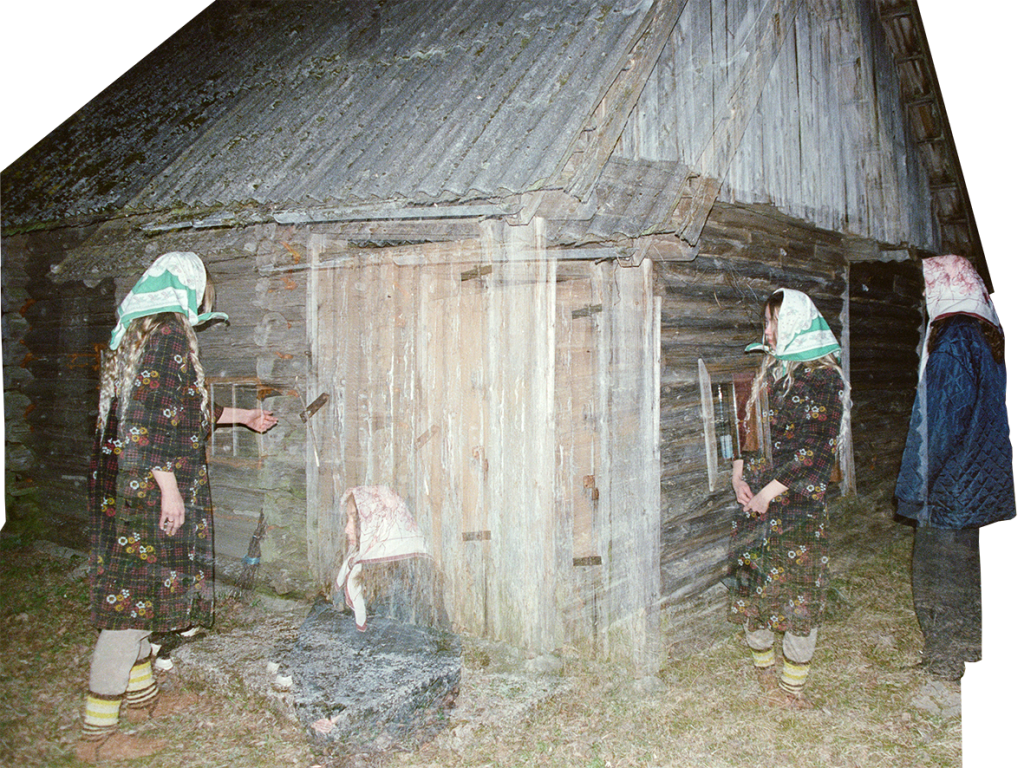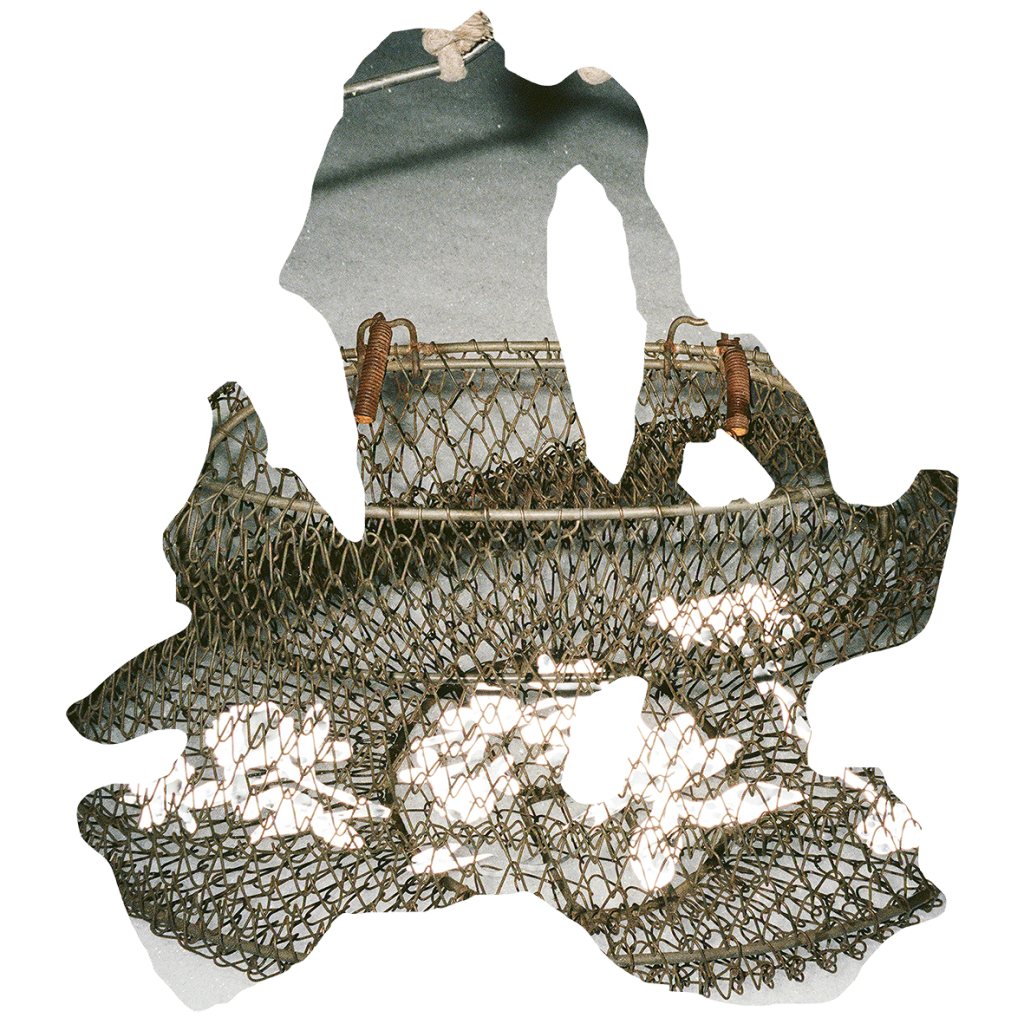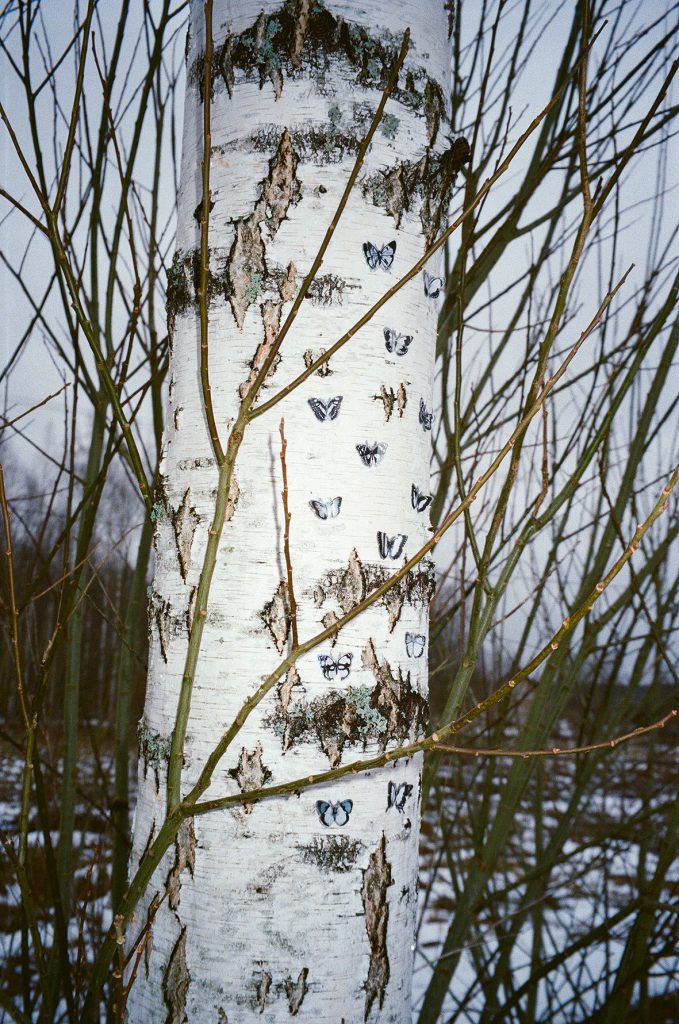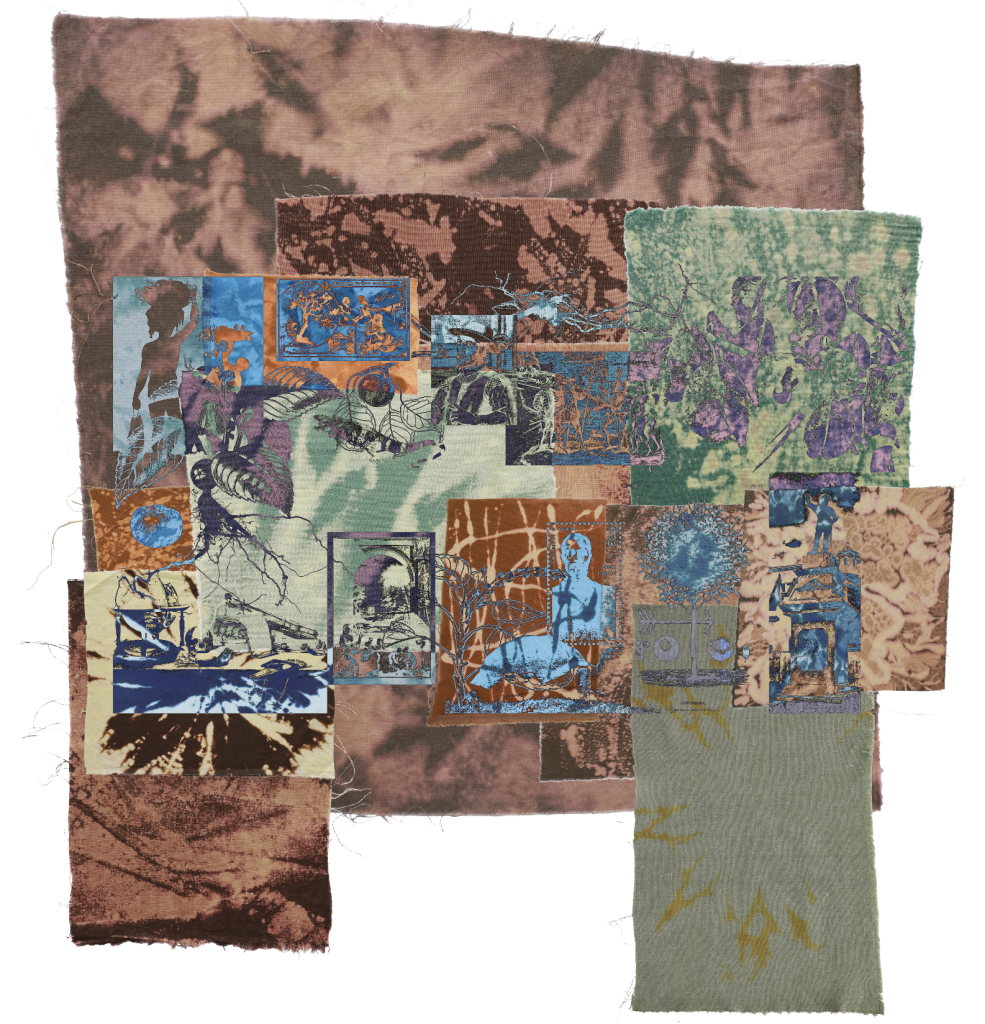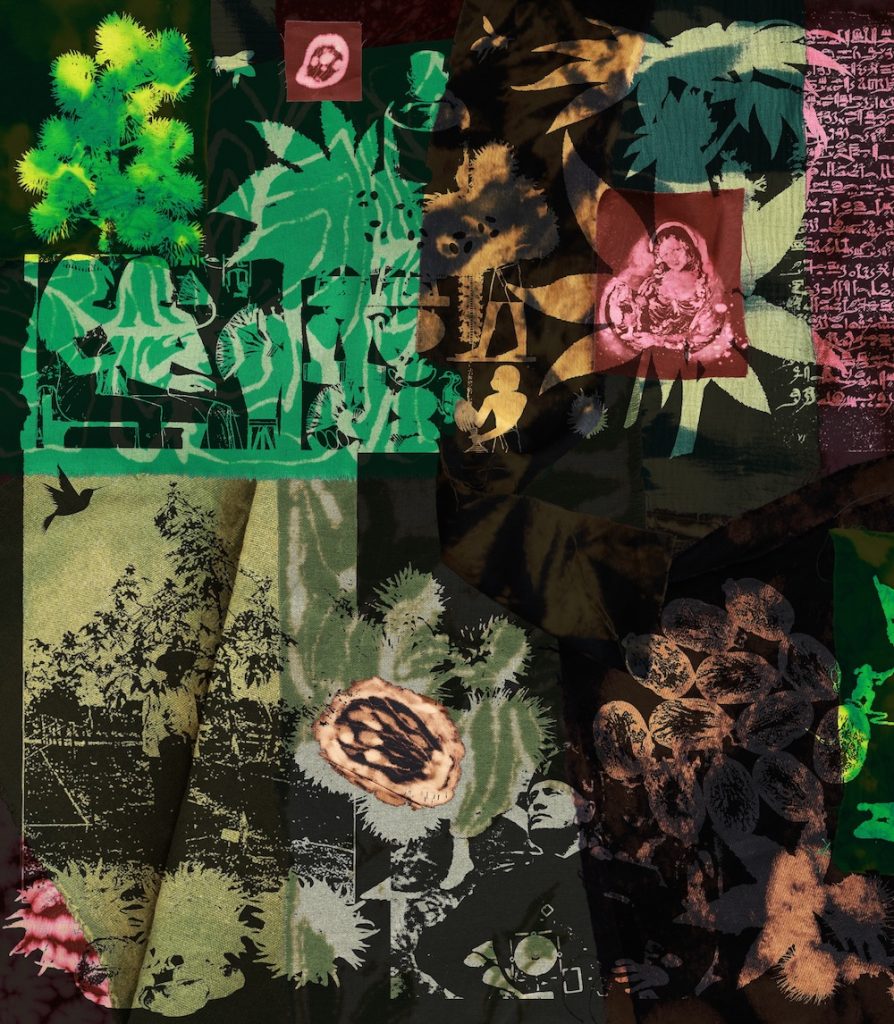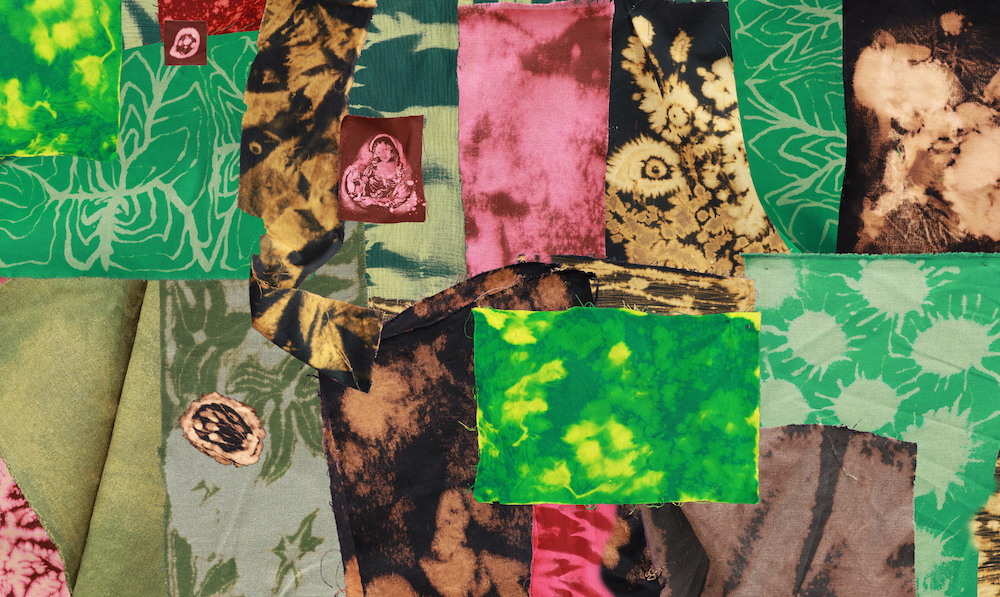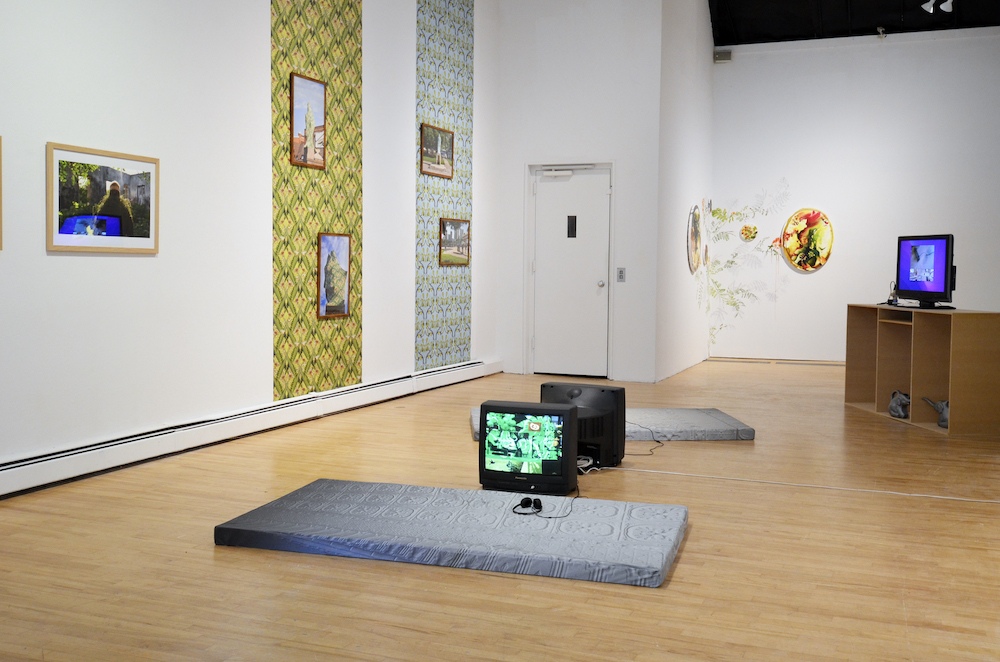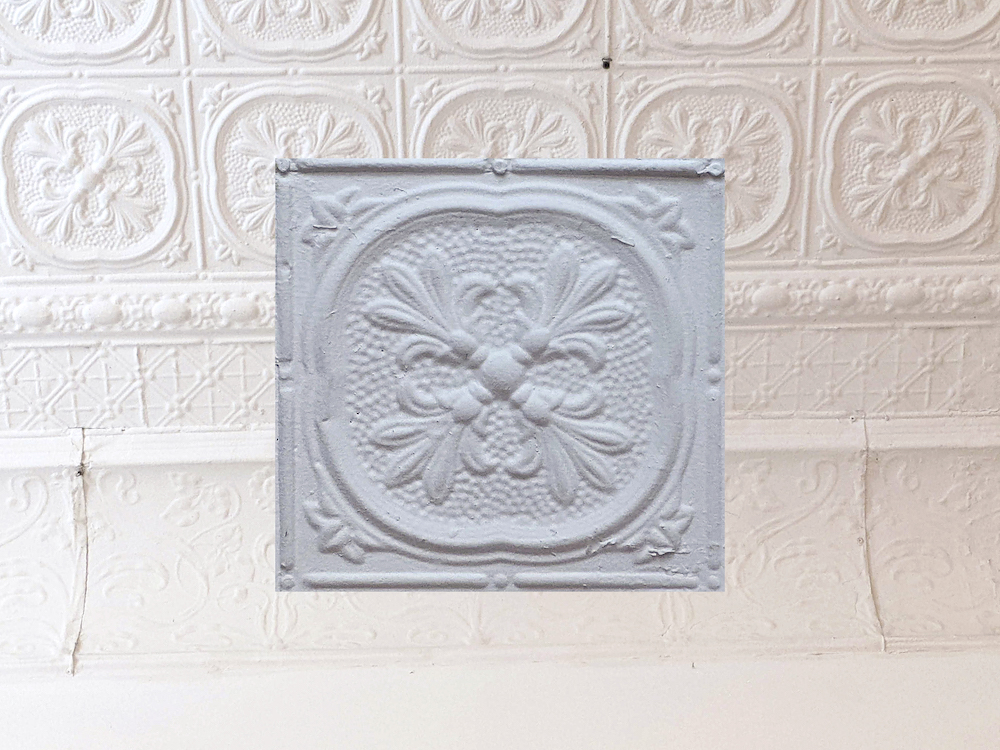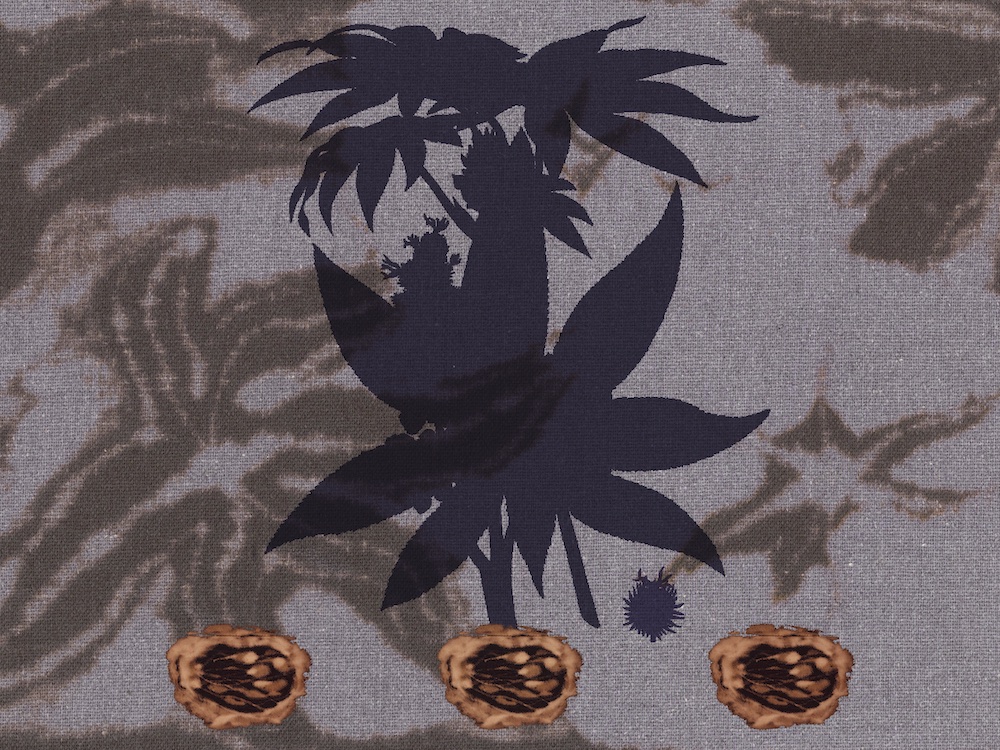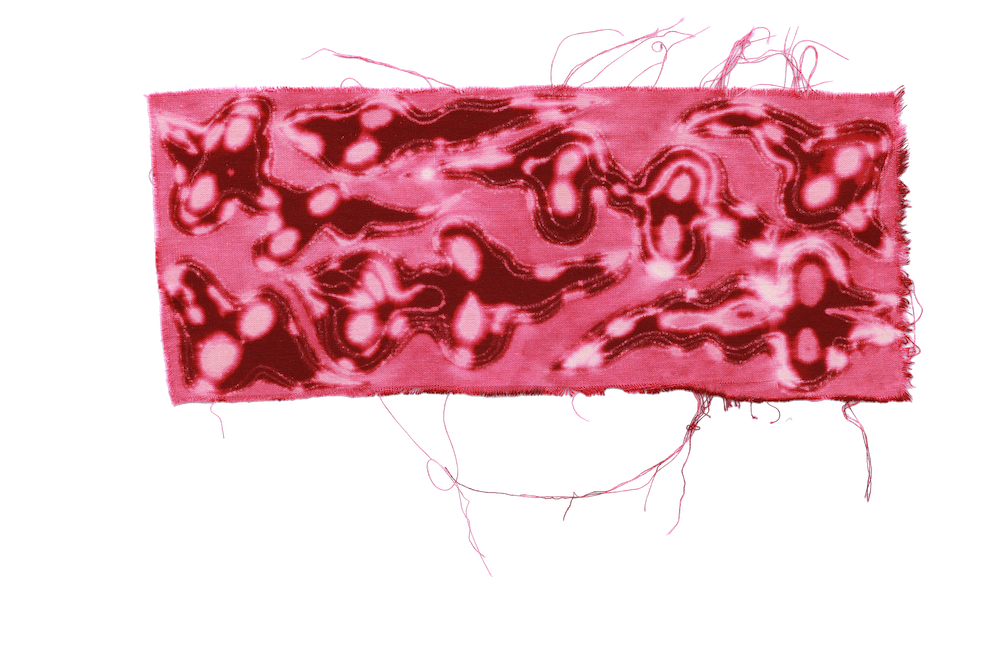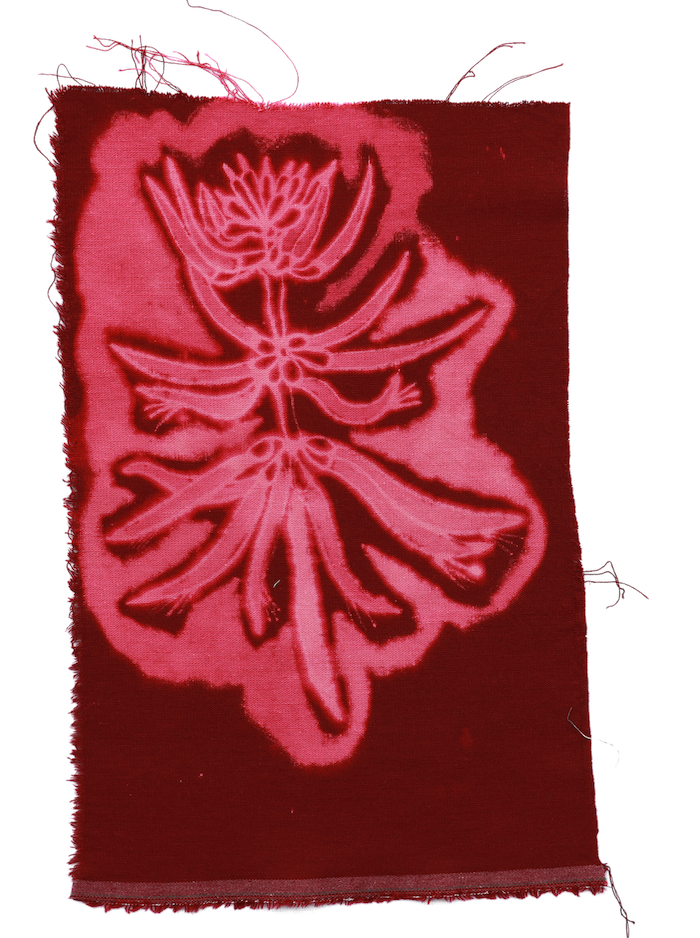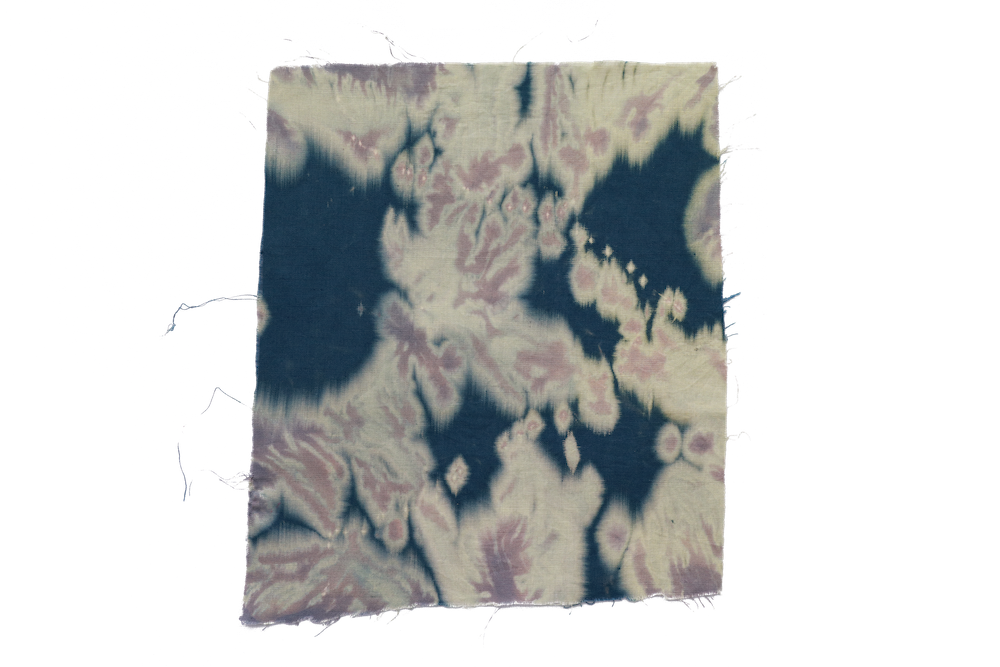02.11.2024 – 12.01.2025
Curator: Nastja Svarevska.
Participating Artists: Ella Jolande, Sofija Lundari, MARIA, Nataša Viosna Mūdija, Hanna Morgana, Džūna O’Nīla, Luiss Rizo Naudi, Sabīne Šnē and Agate Tūna.
The exhibition features nine artists exploring relationships between the body, earth, and the living world in their video works. The visual stories created by the artists encourage viewers to consider the body as a flowing and evolving part of an ecosystem, constantly interacting with its environment. “Grains of Sand and Screens” examines the points of contact between the ancient and the digital, tracing the path from natural elements like sand, silicon’s raw material, to the screens that dominate our digital landscape. This exhibition invites viewers to reflect on material transformations, from earth to glass, from crystal to technology. Through chemigrams, video installations, and sculptural elements, the works reveal a dialogue between geological time and digital immediacy, offering insight into the intimate connection between the natural and synthetic worlds.
08.6.2024 – 28.7.2024
Kim? Contemporary art centre / Hanzas 22, Riga, LV
Participating artists: Jānis Dzirnieks (LV), Santa France (LV), Kaspars Groševs (LV), Sky Hopinka (USA), Laura Kaminskaitė (LT), Sanya Kantarovsky (USA), Nikita Kadan (UA), Viktors Timofejevs (USA/LV), Tīrkultūra group (Rolands Pēterkops, Emīls Jansons, habibah akila jamila, Reinis Semēvics, Michael Holland, LV), Agate Tūna (LV), Evita Vasiļjeva (LV/FR), Jonas Wendelin (DE) and Evita Manji (GR), Young Boy Dancing Group (YBDG).
Festival curators: Evita Goze, Žanete Liekīte, Zane Onckule
Non-Place Perspectives is a photographic series exploring how memory reshapes space, blending analog photography with digital manipulation to reflect themes of loss, transformation, and imagination. Drawing from personal experiences, particularly the artist’s grandmother’s struggle with dementia and the emotional detachment from a once familiar family home, the work investigates how memory reconstructs space over time. Using a blend of analog photography and digital manipulation, the artist constructs ethereal environments that reflect both personal history and universal themes of impermanence. The artist integrates personal elements such as fragments from a grandmother’s woven blankets and scans of the artist’s sister’s hair into the work, offering tactile textures that weave together both physical and emotional landscapes. Printed on velvet, these materials evoke a feeling of nostalgic touch, reconstructing an imagined place that lives only in the mind, fusing the real with the otherworldly.
17.05 – 27.06.2024
ISSP Gallery as part of the Riga Photography Biennial, Riga, LV
Curator – Liāna Ivete Žilde
“Often, persons who attributed supernatural abilities to themselves – mediums – took part in spiritualist séances. They even achieved the apparition of spirits in the form of beautiful women, could photograph them, talk to them, even hug them… Scientific examination of this phenomenon has always proved that the most shameless fraud of superstitious people took place.”*
Agate Tūna follows the threads of spiritualism and illusionism photography in Latvia, continuing to challenge the boundaries of conventional photography and the relationship with reality. Already in the middle of the 19th century, the then new medium of photography became a natural ally not only for memento mori practices, but also in the mode of summoning spirits. Mysterious props and tricks – such as the materialization of spirits in the form of ectoplasm and table dancing – were used to reveal evidence of the unseen world. There are rumors that Voldemārs Priede and Mārtiņs Buclers, photographers from the time of the Latvian Free State, documented seances with the famous clairvoyant and photographer Eiženas Finks, however, the images themselves have not been found so far. Maybe no one was looking for them? Looking at photographs only from the point of view of art history effectively excludes the field of other uses – from science and journalism to the occult. The history of images in many areas is so far unwritten and unexplored, while the evidence settles in the collections of local memory institutions.
In the works made in analog technique, Tūna’s own body becomes a tool of personal and artistic exploration – she is a photographer, model and medium of images, and takes control of the process in her own hands. Unconscious “mistakes” and technical techniques stimulate the imagination and magical thinking, testing the limits of Túna’s own and the viewer’s belief. now, visual information wanders as digital files on the Internet, where they often lose their connection to their original past, undergo deformations, and take on yet another kind of aura.
*”Spirit Summoners” from the newspaper Padomju Ceļš (Ogre), No. 44 (08.04.1961)
09.06 – 27.08.2023
Tallinna Kunstihoone, Tallinn Art Hall City Gallery, EST
Patricipating Artists: Agate Tūna (LV), Amélie Laurence Fortin (PL/CA), Ann Mirjam Vaikla (EST), Pau/a (LV/DE), Jila Svicevic (EST/HU/SRB), Eglė Šimėnaitė (LT)
Curator: Corina L. Apostol
Photo documentation by Paul Kuimet and Hedi Jaansoo
Chasing the Devil to the Moon is an exhibition curated by Corina L. Apostol taking the form of an open call addressed to artists and creators for an artistic commission of recolouring the moon. Faced with such a not-so-improbable task, how would an artist or collective of artists go about it? Proposals that take on this commission raise questions and provide propositions and commentary that unpack some of the issues at stake when taking on such a monumental task. The moon is an image of power and, at the same time, a new frontier for power – a site of inward and outward pressures, of the struggle for autonomy and colonial control. What are the role of art and the artist in these configurations of power? Focused on a single initial hypothesis that can be deconstructed from different philosophical, practical, political and social angles, artists are invited to consider the importance of context in art and culture, as it is perceived through our and others’ speculations.
Text by Corina L. Apostol
The Unforseen Spectrum
250 x 350 cm
Chemigram photography UV print on aluminium (dibond)
Agate Tūna’s artistic project The Unforeseen Spectrum delves into the long-standing association between the Moon and human consciousness, while also raising the provocative question of what could happen if the Moon’s colour were altered. Tūna interrogates the age old belief that the full moon can provoke bizarre and dangerous behavior, including sleepwalking, suicide, violence and even lycanthropy. Though scientific studies have discredited these claims, they still persist in some communities. Tūna draws inspiration from this belief, considering how altering the Moon’s colour might impact human psychology and the environment.
To bring this vision to life, Tūna employs the experimental photographic technique of chemigrams, which utilise photosensitive paper, fixative, developer and stopper to create unpredictable and magical effects. The resulting images embody the moon’s enigmatic and mercurial nature, appearing in a range of hues, including blue, purple, pink and sepia. This technique is an apt choice for exploring the Moon’s evocative power and the potential consequences of tampering with it.
Through her project, Tūna challenges viewers to contemplate the Moon’s role as a natural guardian of Earth and how altering its appear- ance could impact this vital function. By tackling this topic through art, Tūna spotlights the political, social and environmental significance of the Moon, while also urging viewers to re-examine their beliefs and attitudes towards this iconic celestial body.
01.06-29.06.2023
MA POST (Art in Context) Graduation Show
Slokas street 18, Riga, LV
Participating artists: Marta Viktorija Agruma, Kintija Avena, Krišjānis Elviks, Madara Gruntmane-Dujana, Anna Malicka, Dzelde Mierkalne, Alise Putniņa, Agate Tūna
Photo documentation by Līga Spunde
Tehno-Spectre
Agate Tūna’s artwork Techno-Spectre challenges the familiar landscape of photography, immersing viewers in a fascinating cosmos where historical interpretations of capturing the unseen intertwine with the connection between photography, spirituality, and belief. Tūna experiments with analog techniques like film soups, double exposures, chemigrams, and photograms to explore the evolution of this relationship by confronting the spectral presence of technology in our lives and the dance between magic and innovation.
In a world where technology incessantly reveals the mechanics behind natural phenomena, it paradoxi- cally becomes a conduit for capturing magic and venturing into uncharted territories. “Techno-Spectre” pres- ents anomalies, often ascribed to supernatural occurrences, that can be traced back to subtle camera deviations, blurring the line between reality and illusion. This is akin to the captivating artistry of a meticulously performed magic trick, showcasing that the potency of photography lies not just in the result but also in the enchanting journey of its creation. Drawing inspiration from the philosophical concept of hauntology, Tūna’s artwork inves- tigates the lingering presence of the past’s “ghosts,” their unresolved narratives, and unfulfilled futures, as they continue to reverberate and shape our present reality. By confronting the spectral manifestations of technology in our lives, Tūna’s art prompts viewers to reflect on the haunting forces that persistently shape our perceptions and beliefs.
Central to the artwork is the use of chemigrams, created on photosensitive paper with a photo fixer and developer. Merging photography with drawing, she manipulates photosensitive paper both chemically and physically, scratching, folding, painting and making marks to introduce another dimension of expression. Later, the images are printed on aluminium (dibond), giving the material a new layer of materiality. By bending the surface of the aluminium (dibond), the image, initially constrained within a two-dimensional frame, begins to capture a three-dimensional world. The resulting artwork captures the ebb and flow between the artist’s control and the unpredictable reactions of the chemicals, culminating in a captivating interplay between precision and chaos.
09.03.-31.03.2023
Gallery DOM, Riga, LV
Patricipating Artists: Marta Viktorija Agruma, Kintija Avena, Krišjānis Elviks, Madara Gruntmane-Dujana, Anna Malicka, Dzelde Mierkalne, Alise Putniņa and Agate Tūna. Among their works, there are also interventions by Artis Ostups and Kārlis Vērdiņš.
Curator: Artis Ostups
Exhibition’s curator Artis Ostups has chosen metonymy as the conceptual core. Metonymy in language is a transference of similarity between two concepts. In art, metonymy is revealed as a visual detail that is able to connect different contexts and therefore expands the virtual space of the work. Metonymic works also transform the gallery it becomes as vast as the visitor’s imagination. The artists in the exhibition use metonymy to create transitions between the working materials and a wider semantic field that holds both literary and personal experience.
26/01.2023.
Lethaby gallery, London, UK
Participating artists: Kristaps Ancāns, Marta Viktorija Agruma, Kintija Avena, Natasha Brown, Madara Gruntmane, Marc Hulson, Medb Mcpherson & Donna Poingdestre, Dzelde Mierkalne, Anna Malicka, Marine One, Agate Tūna & PlasticAfterlife (Kristians Aglonietis & Patrīcija Māra Vilsone)
Curator: Mark Halson
This series of events explored overlaps between experimental art practice and specific modes of formal play within the conventions of horror fiction. From the narrative tradition of the “tale within a tale” to the “found-footage” movie, the potential for metafictional reading is constantly emerging in the history of the fantastic as a genre. Arguably the appearance of supernatural entities or events within otherwise realist narratives is in and of itself subversive of dominant representational codes. Meanwhile, the DIY ethos of low-budget horror undermines the flawless simulations of commercial spectacle, while the mutant forms of experimental cinema burrow further beneath the surface, between and behind the scenes of the image.
15.09.-30.09.2022
Soloshow @gallery DOM, Riga, LV
Agate Tūna continues the research of family relations (initiated in the series of previous works The Pond House), which is closely related to the supernatural. The artist’s grand-grandparents were healers and fortune tellers, while her great-grandfather’s brother was a black magician and his wife – a witch.
This series seeks to uncover the presence of the intangible by drawing parallels between personal family events and the broader history of spiritualism and paranormal photography and the history of spiritualism in the West. Spiritist sessions became especially popular in the Victorian era and continued to spread widely during both World Wars. Communication with departed loved ones served as the healing of the pain and a sense of comfort for those who mourned. Meanwhile in the Soviet Union these and similar practices had to remain hidden. Tūna uses analog photography as a medium a mediator between the two worlds. Through the camera, the artist enters the darkness, using photography as both an investigative tool and a ritual of courage. The work becomes a personal and artistic confrontation with the unseen, addressing inherited fears and the powerful, often hidden, role of women as mystics and healers in Latvia.
25.05-02.07.2023
Riga Photography Biennial, Gallery of the Artist’s Union of Latvia, Riga, LV
Participating artists: Hedi Jaansoo (EE), Ieva Maslinskaitė (LT), Agate Tūna (LV), Daniel Vincent Hansen (NO)
Curated by Inga Brūvere (LV) and Marie Sjøvold (NO)
The flies were passing through one ear and toads caught them through the other. As it seemed then, the wind is still in charge here.
Through the analog photo series called The Pond House Agate Tūna documents stories retold by her mother, aunts and grandmothers that allow to sense the bond between women of the family through seven generations. The Pond house is located at the meadows of Latvias countryside, Latgale. Today the house sits still as if stopped in time. At the crossroads between duty and freedom, Soviet power, religion and esotericism, fantasy and everyday hard work, here reality merges with abstract landscapes of memories. It is filled with objects and stories yet as the camera used to be an expensive purchase, there is little to no documentation of this place. While searching for the historical evidence of the generational stories, the Pond House reveals insights of its own, as well as connections between forgotten truths about the image of women and war crimes at that time, unfortunately resembling the similarities of painful events today.
04.11-23.12.2022
Apexart gallery, New York, USA
Patricipating Artists: Kristaps Ancāns, Tamika Galanis, Scherezade García, Joiri Minaya Virginia Wagner and artistic collaborators Anna Malicka and Agate Tūna.
Curated by Corina Apostol, Tashima Thomas
Flora Fantastic explores botanical imaginaries where both poisons and panaceas abide within the same natural specimen while moving through spatial and temporal environmental frameworks. Such contradictions common in florae have given rise to the word, ‘pharmacology’ which is derived from the Greek, ‘pharmakon,’ meaning both remedy and poison. Nestled among the thickets, bouquets, and vines of Flora Fantastic is the work of artists addressing coloniality in art making today, both in concept and in practice, cultivating a dialectical relationship with plants rooted in historical legacies and contested landscapes. Artists are engaging with the botanical phenomenon of certain plants whose physical exposure through contact or ingestion in sufficient quantities may prove harmful or even fatal. However, when applied in appropriate amounts and proportions, the same plants may become remedies as herbal salves or botanical balms replete with medicinal properties.

